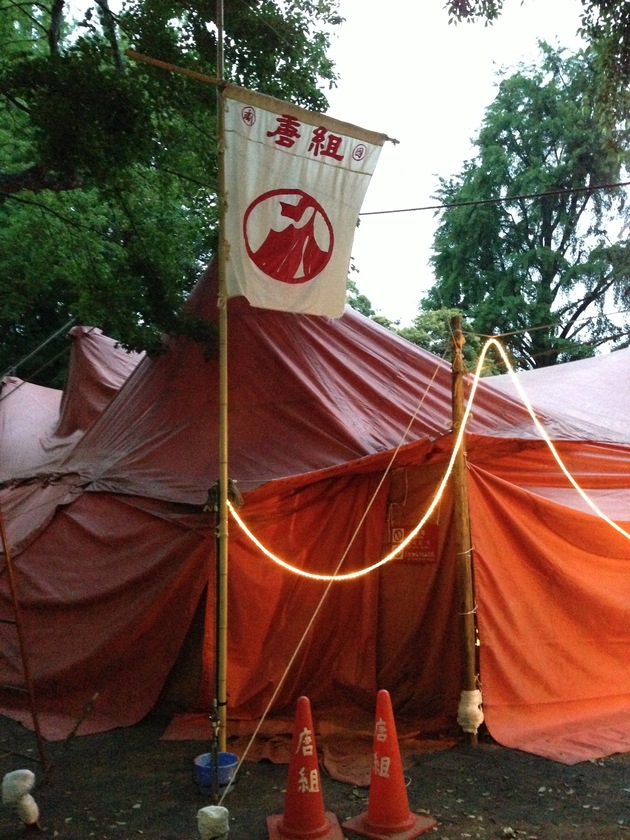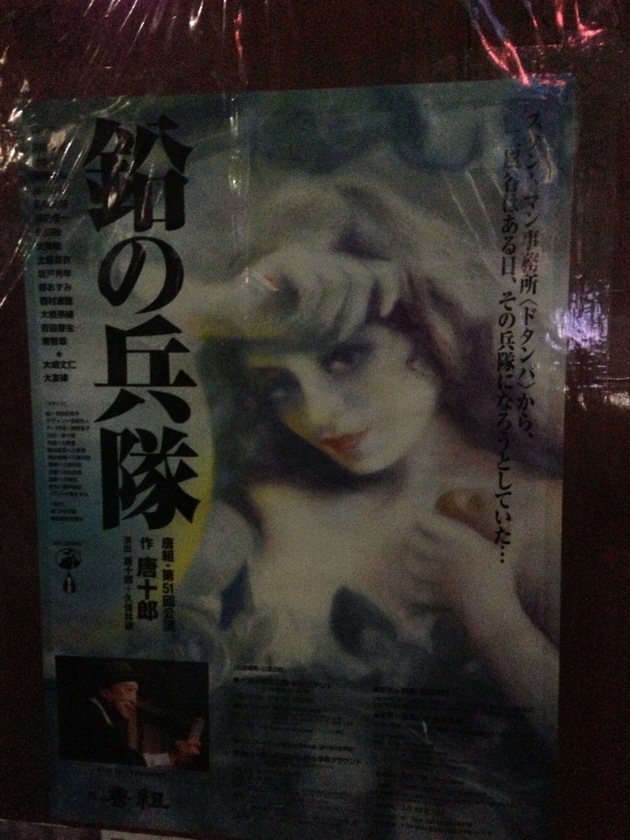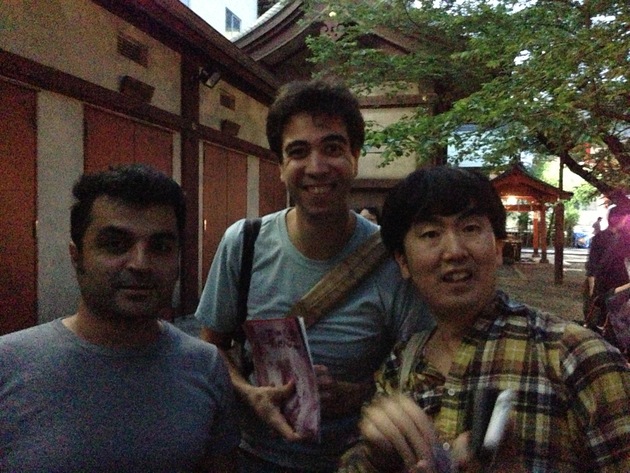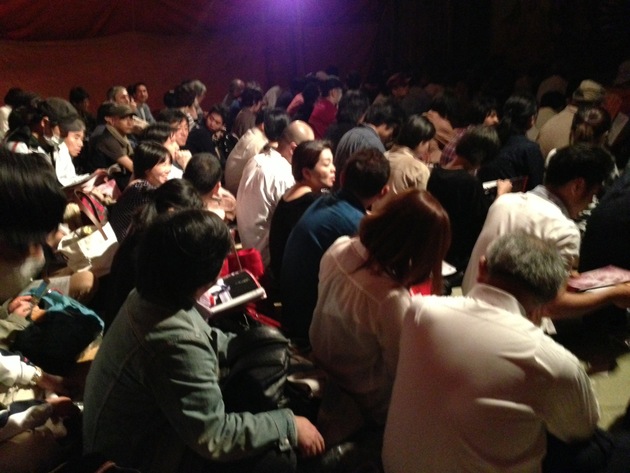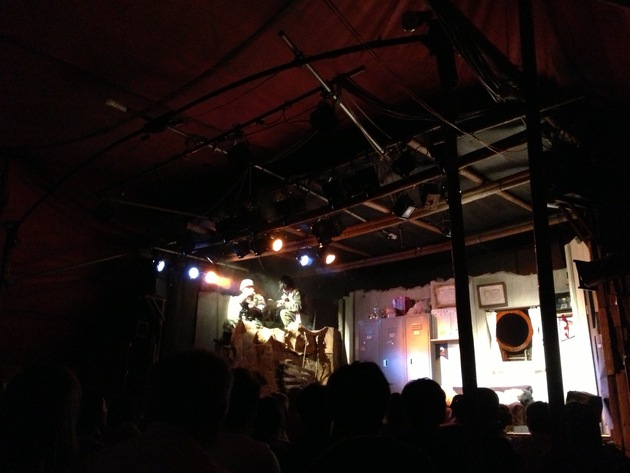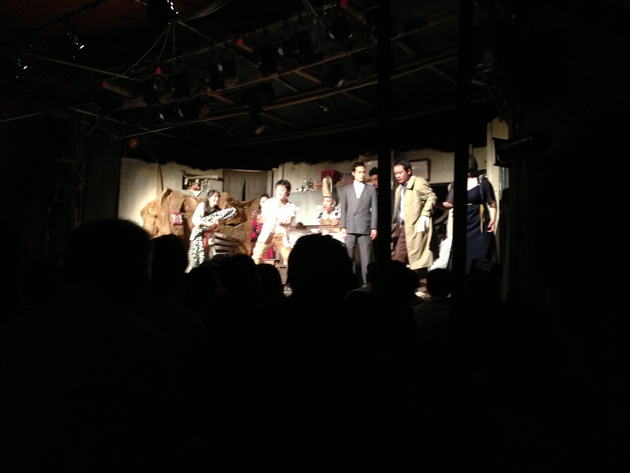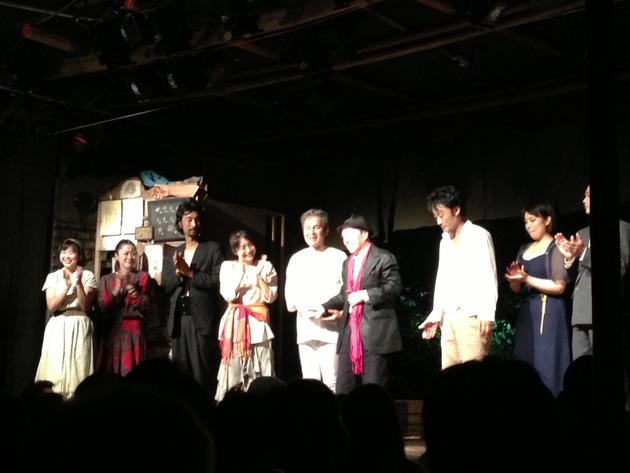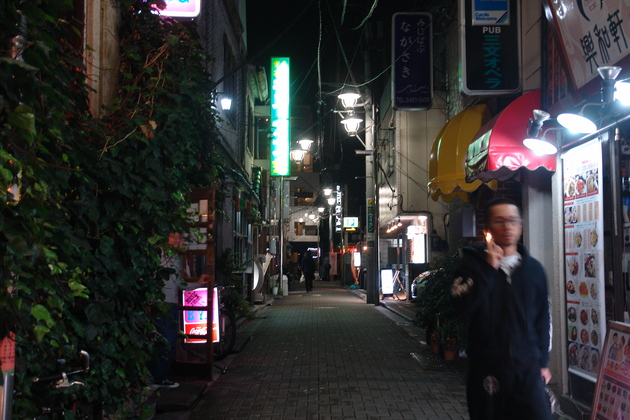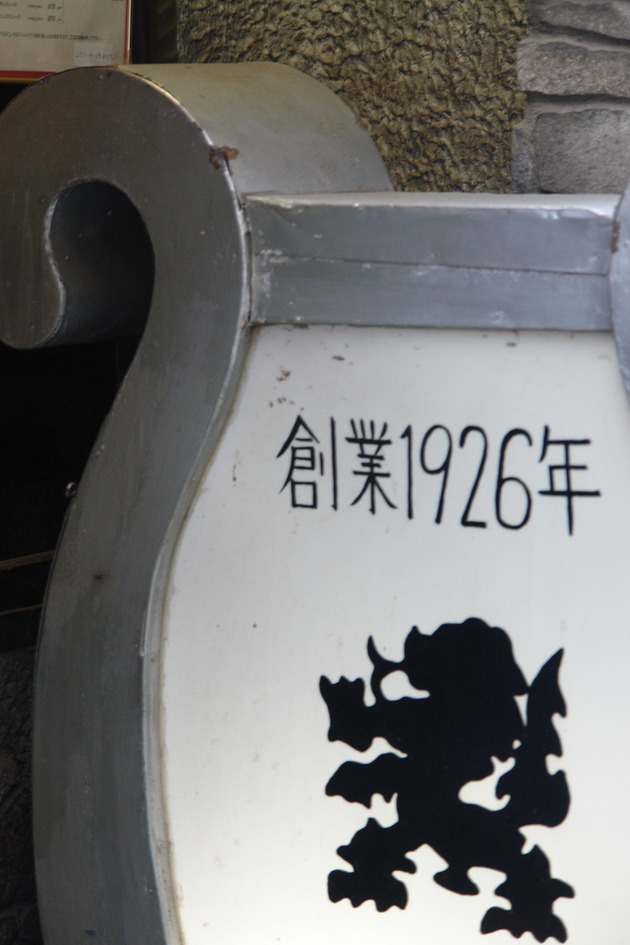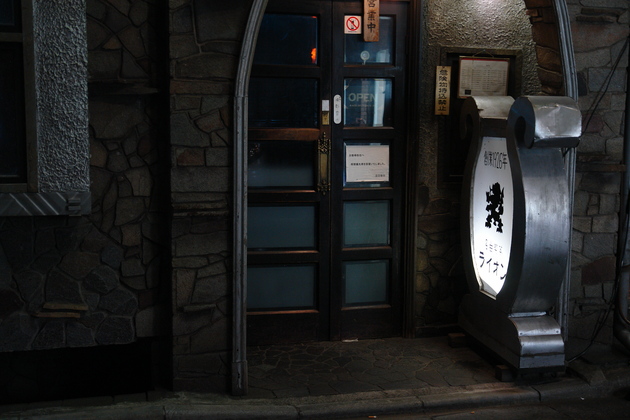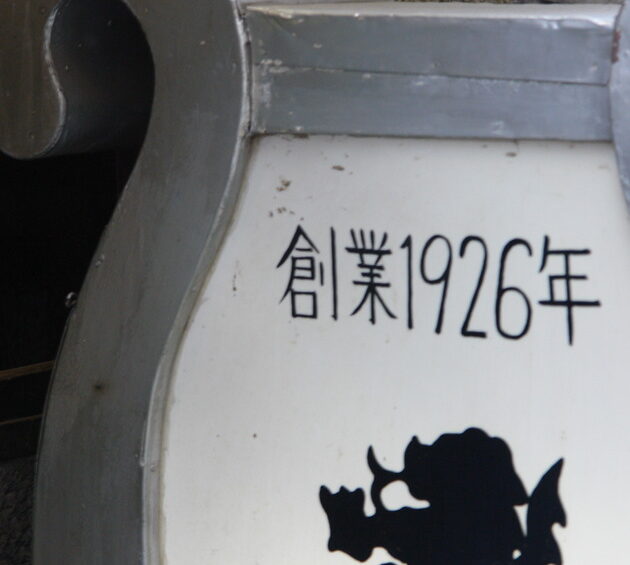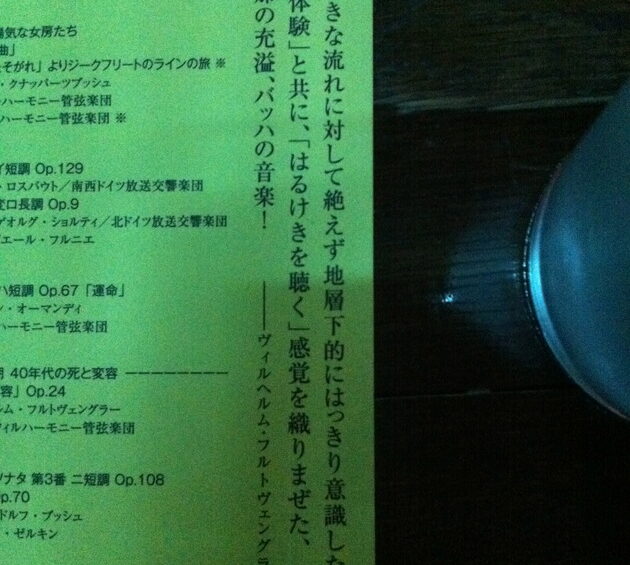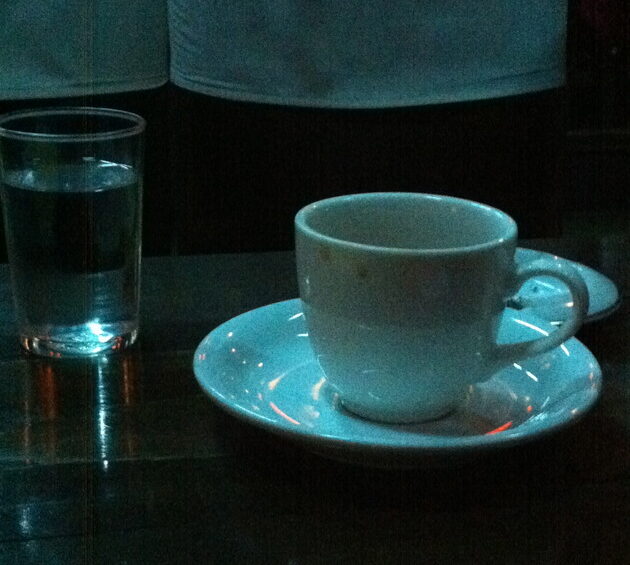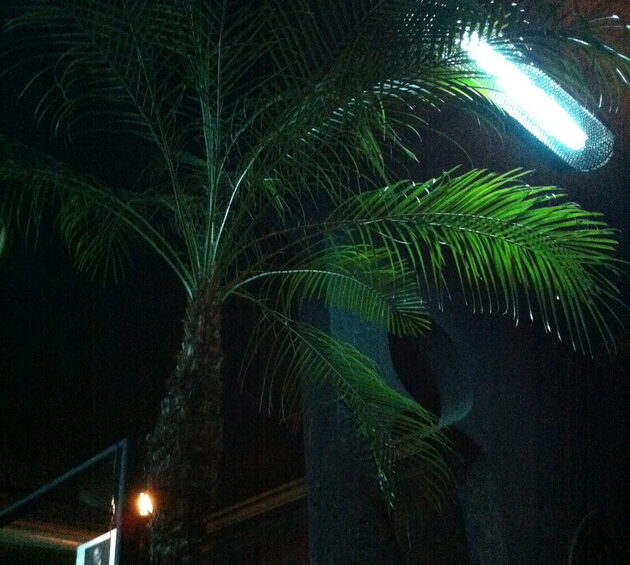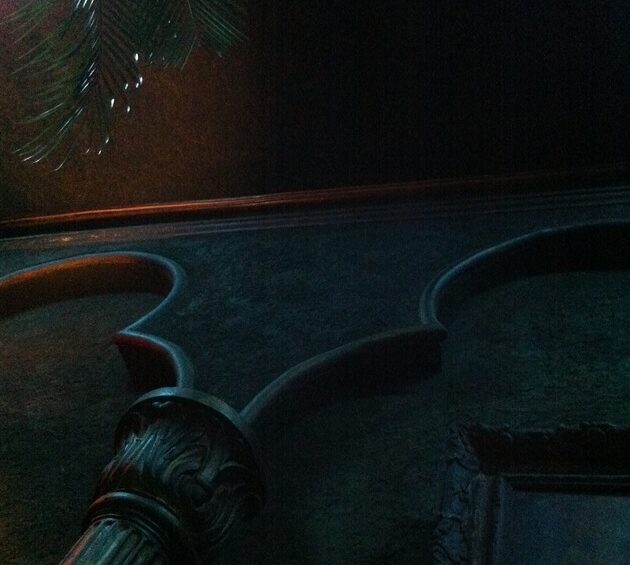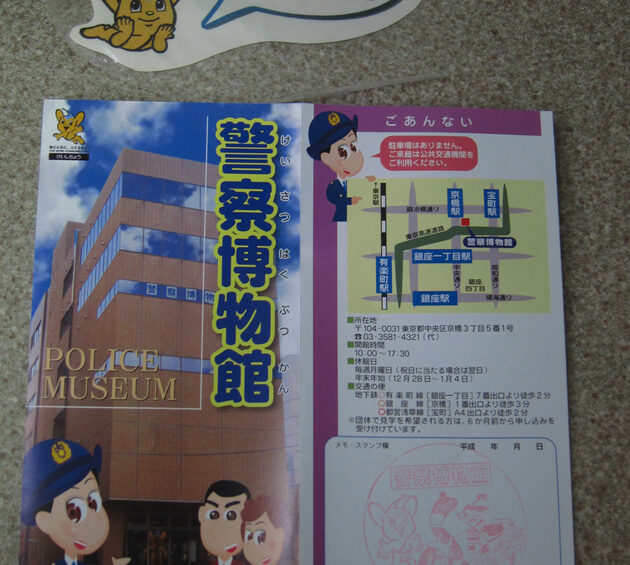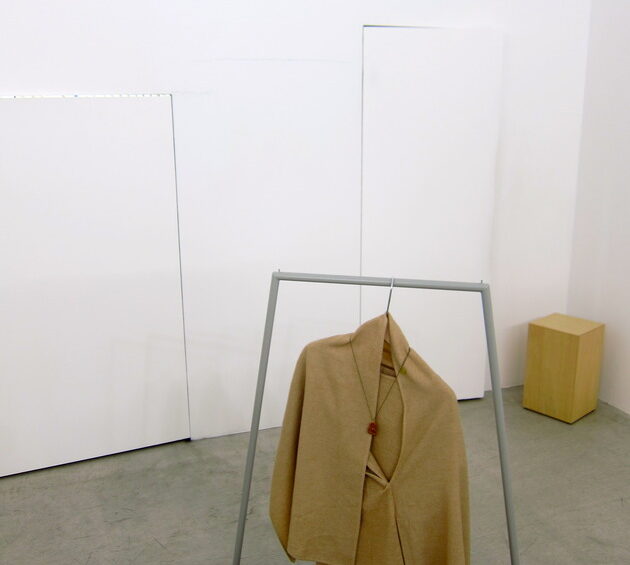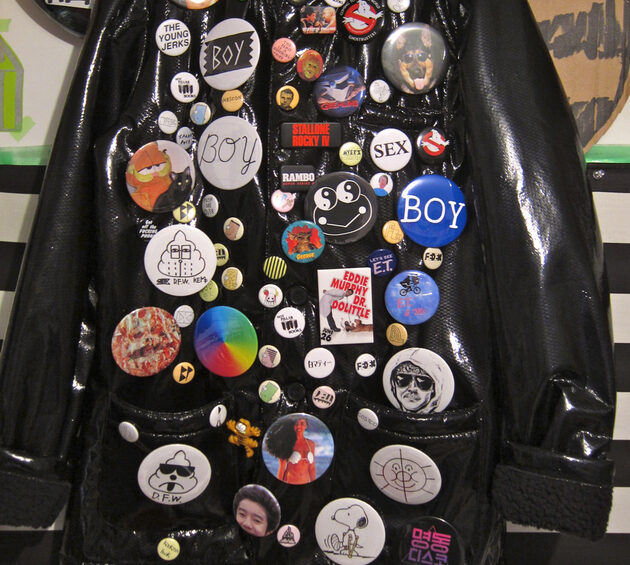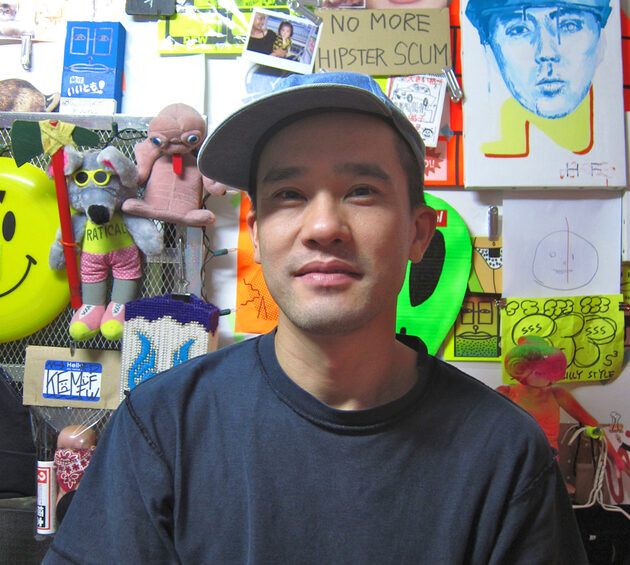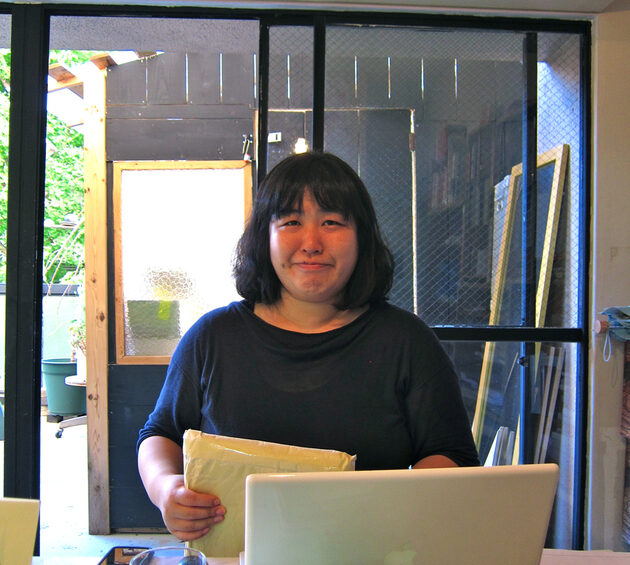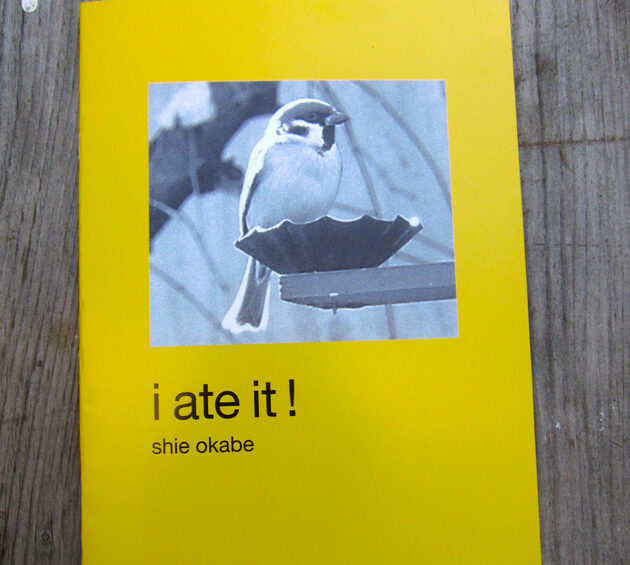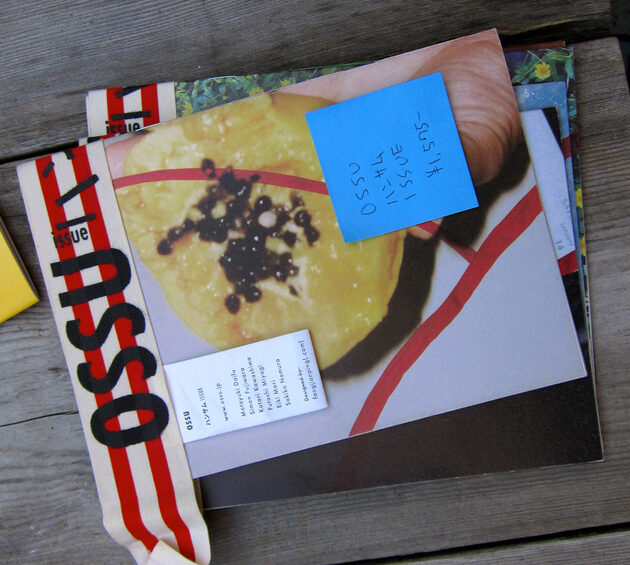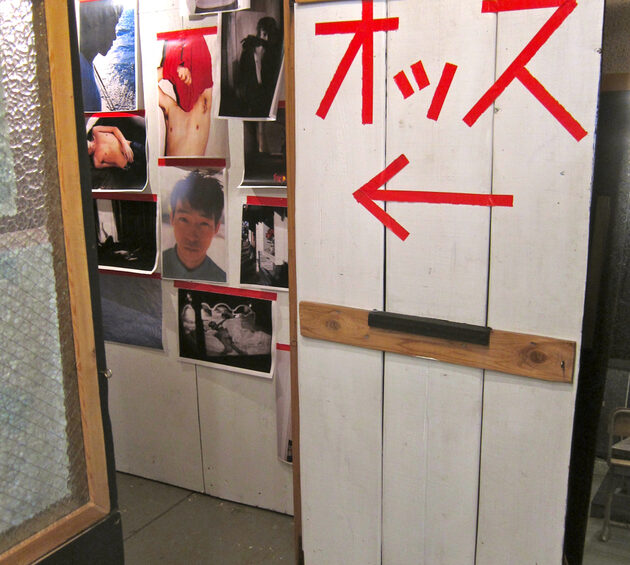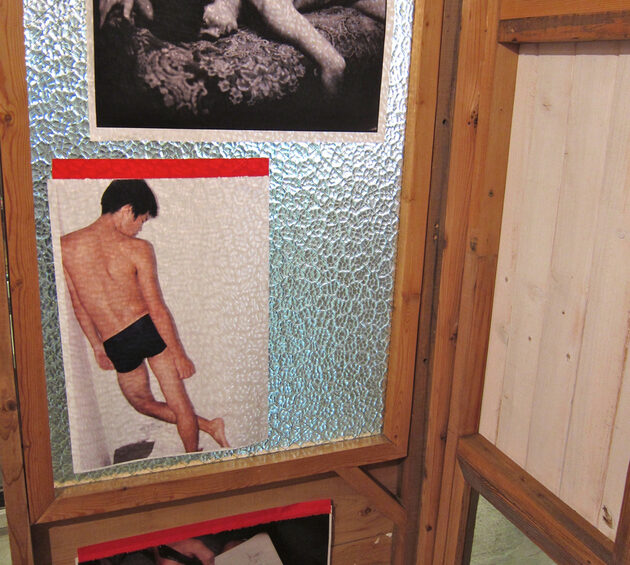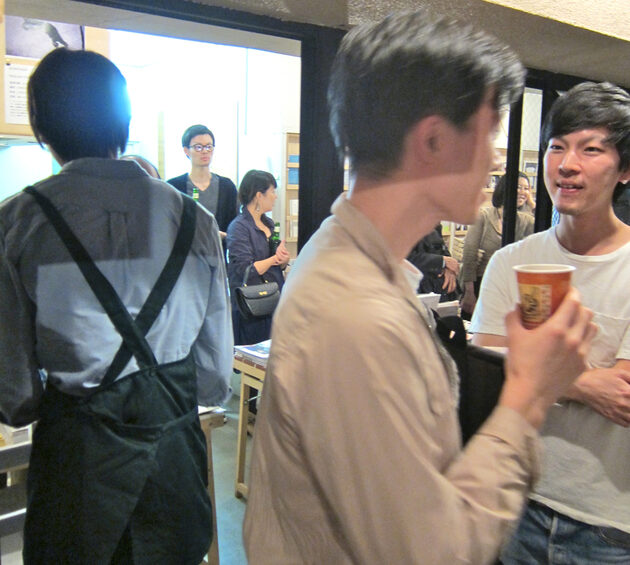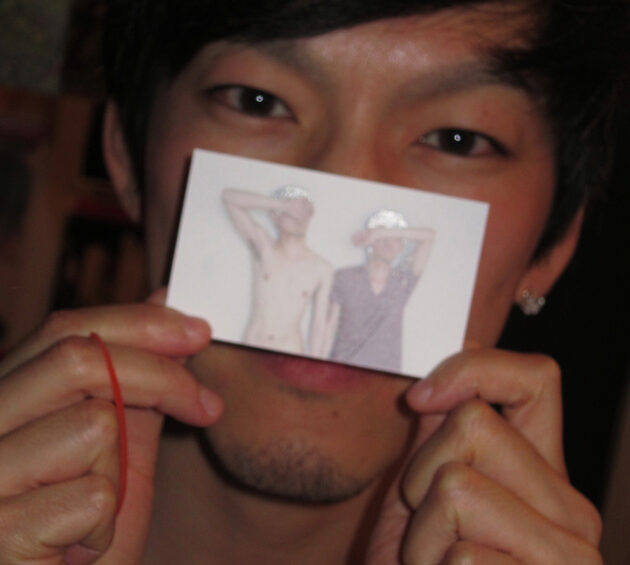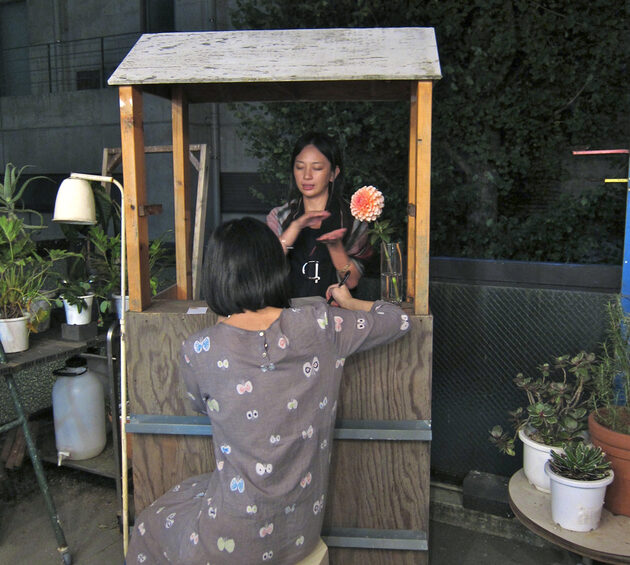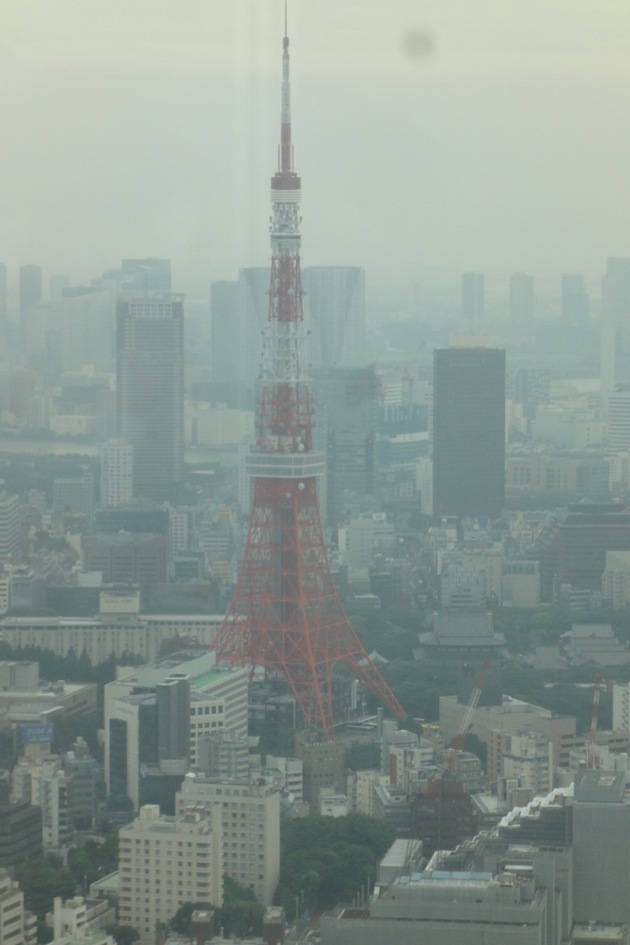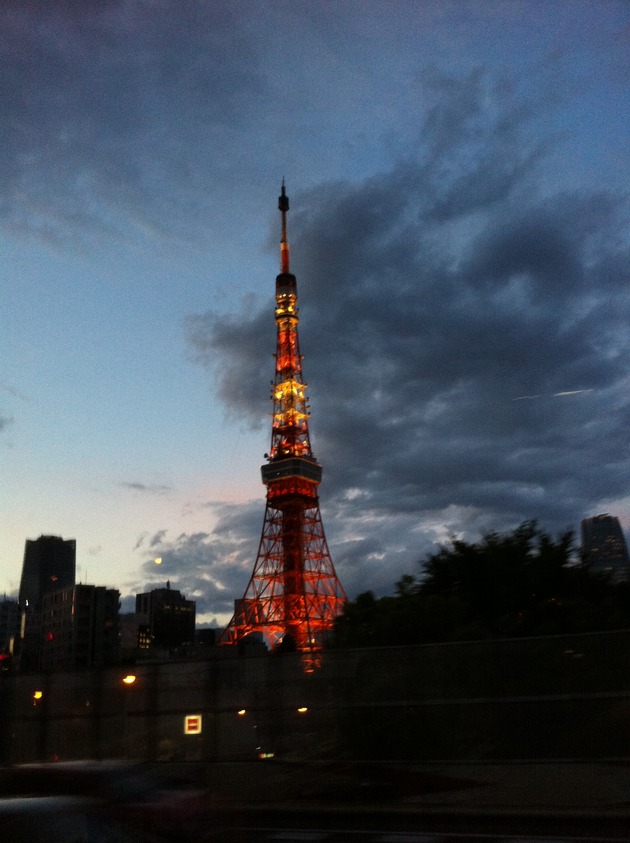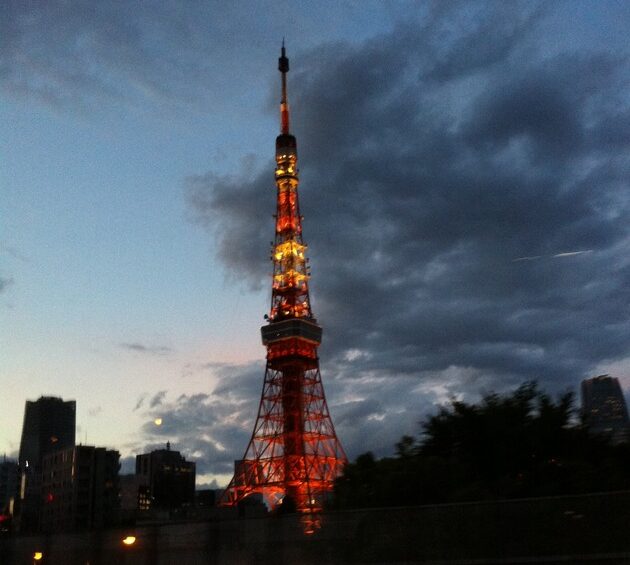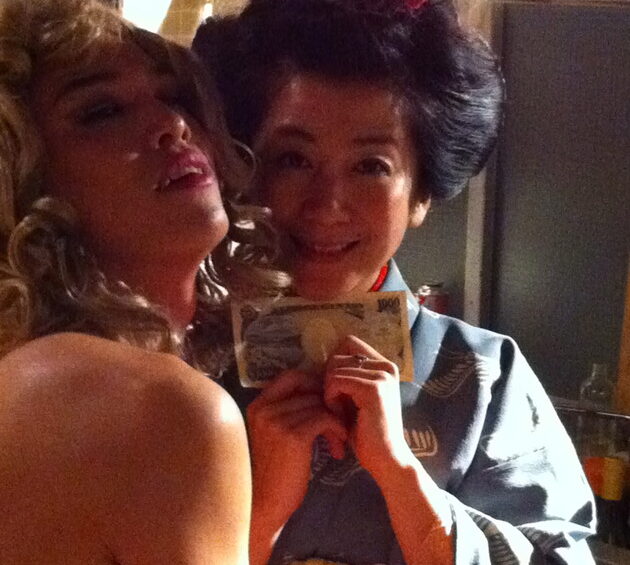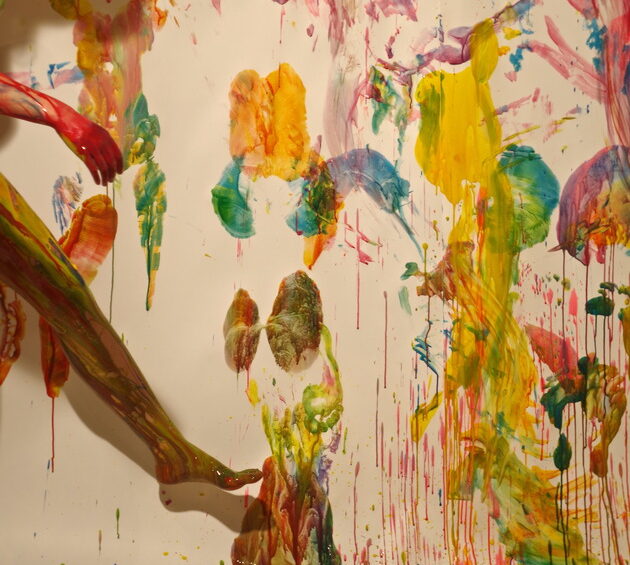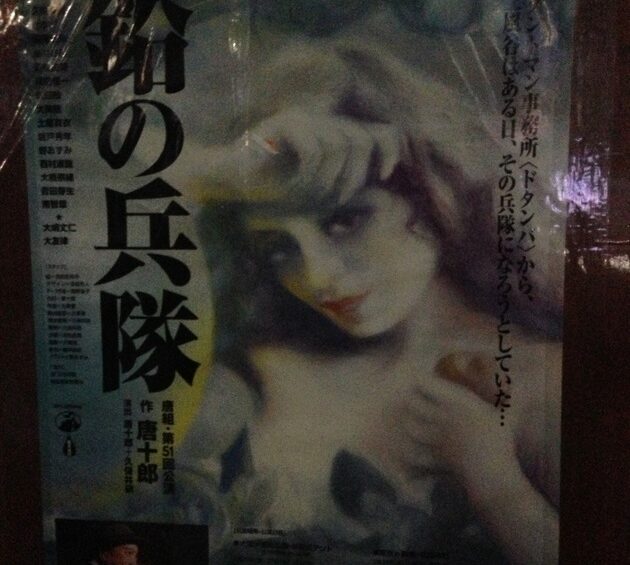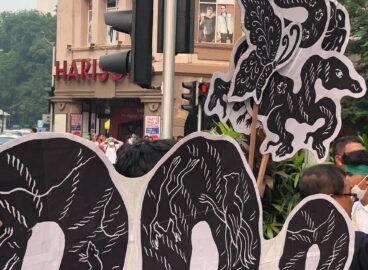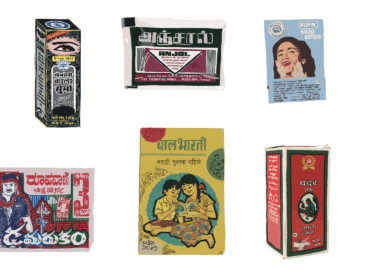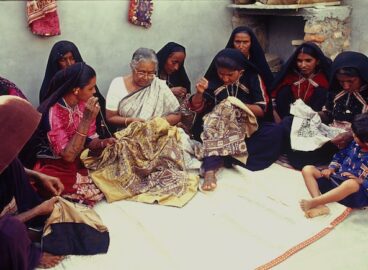I have set out primarily to introduce places, people, and events that do not usually appear in foreign guidebooks by selecting sites that I like and find interesting in my daily life in Tokyo.
Though unfortunately I can’t introduce very many sites, I hope that these articles will help you become better acquainted with a less stereotypical side of Tokyo and that you will take a greater interest in the city.
In this growing report for post, artist Shimon Minamikawa reports on sites in Tokyo. Last updated January 2, 2014.
Translated into English by Christopher Stephens and Colin Smith
01. LION
Lion Masterpiece Cafe (Meikyoku Kissa Lion)
If you’re interested in stopping in at this coffee shop, please go by yourself or with a quiet friend.
The Meikyoku Kissa Lion, established in 1926, is a cafe that specializes in “listening” to classical music records. You can’t buy records, listen to live performances, or make loud noises here.
The cafe is located on a back street in Shibuya, a fashion district for young people, in an area where many of the people milling around are likely to be involved in some sort of underground business. But eighty-five years ago, the area undoubtedly had a different kind of atmosphere. My mother said she often saw raccoons in this area in the 1960s.
Meikyoku Kissa Lion
2-19-13 Dogenzaka, Shibuya-ku, Tokyo 150-0043
http://lion.main.jp/
Inside the Cafe
In addition to listening to the pieces in a program that is played several times a day, you can also make requests. There are apparently a lot of legends about people who frequented the shop, like the Mozart Man (a dry cleaner), who requested only Mozart for 20 years.
As you have perhaps already noticed in the video, almost all of the seats in the cafe face forward, in the direction of the speakers. The shop was created around the speakers.
When I was a university student, I found myself coming to the cafe whenever I was bored. Nothing has changed from how it was back then. Everybody, including my father, mother, and my friend’s father, seems to have come here when they were young.
Concert of Records
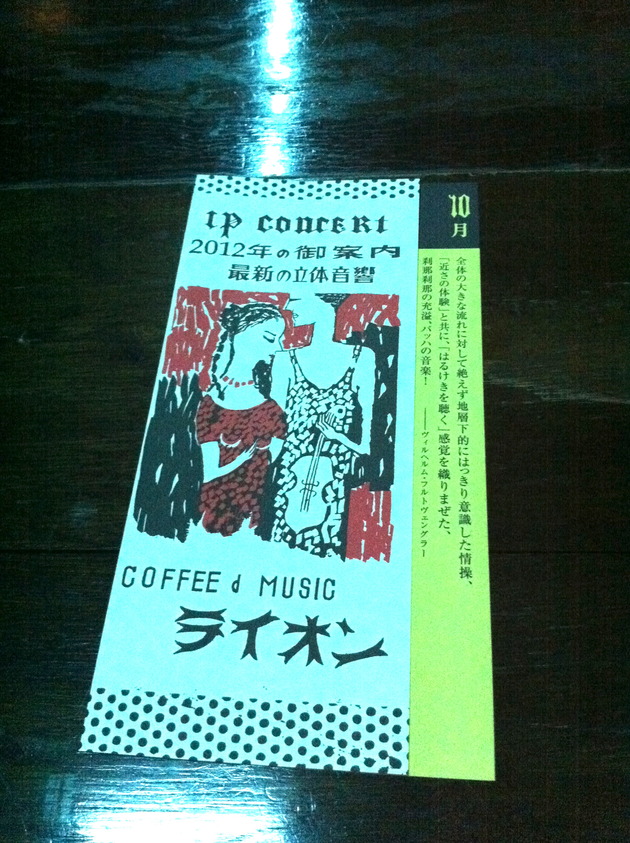
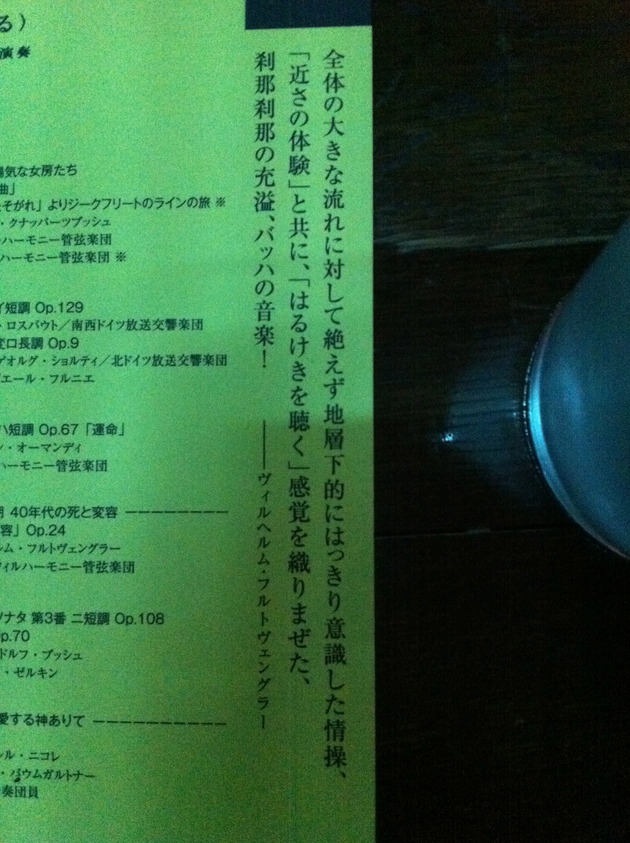
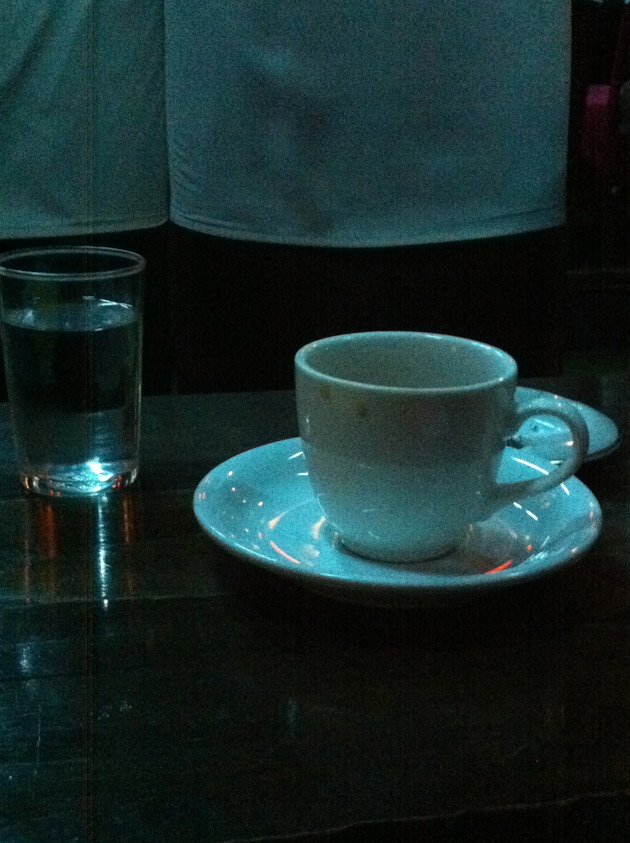
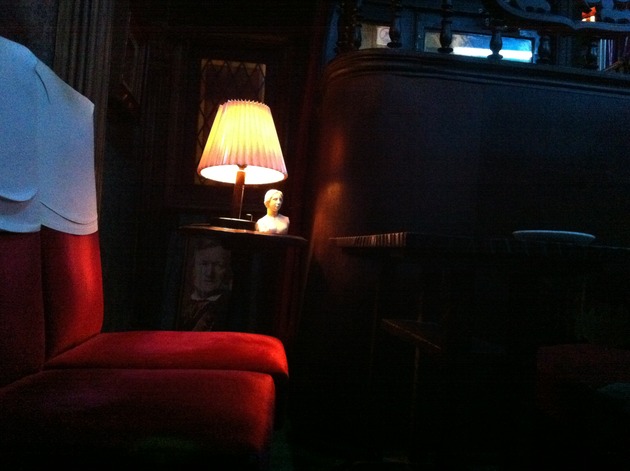
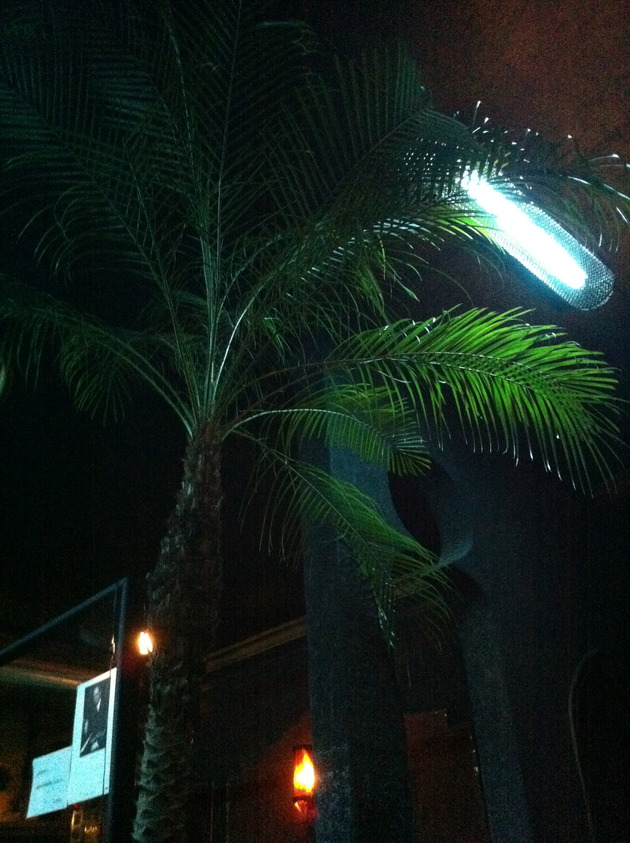
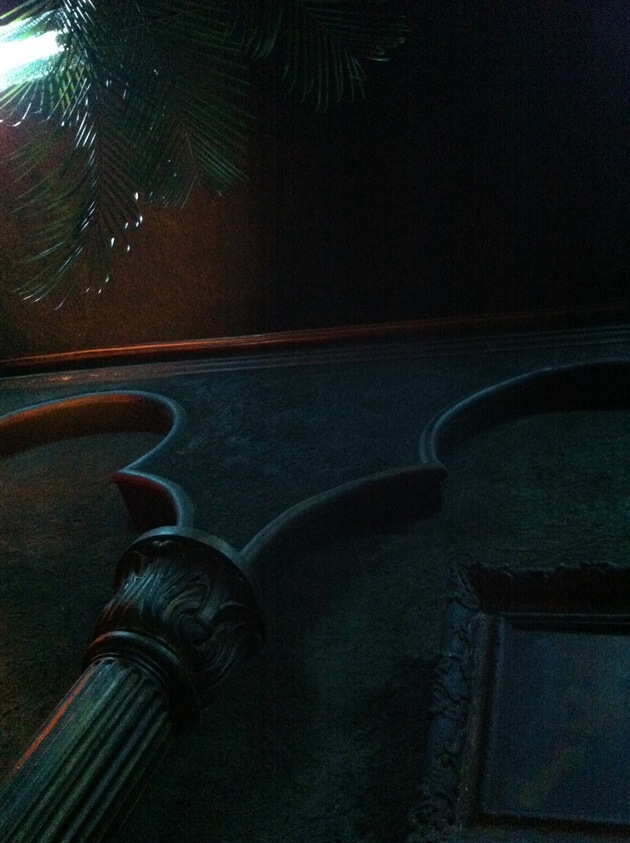
The Restroom
02. The Police Museum
Tokyo Metropolitan Police Museum
The Tokyo Metropolitan Police Museum is located in Kyobashi, an area that is adjacent to Ginza, a popular fashion district back in the good old days.
Visitors can learn about the history of the police in Japan, though I’m not entirely sure why a place like this exists. When you’re all worn out from shopping, you might think about stopping in here.
Tokyo Metropolitan Police Museum
3-5-1 Kyobashi, Chuo-ku, Tokyo 104-0031
03-3581-4321
www.keishicho.metro.tokyo.jp/kouhoushi/no3/welcome/welcome.htm
Inside the Museum
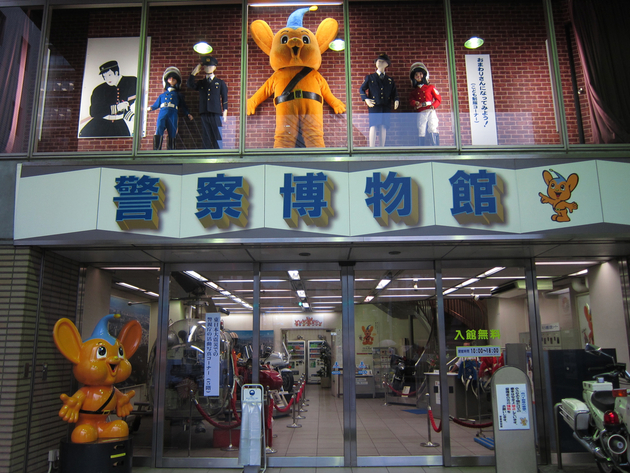
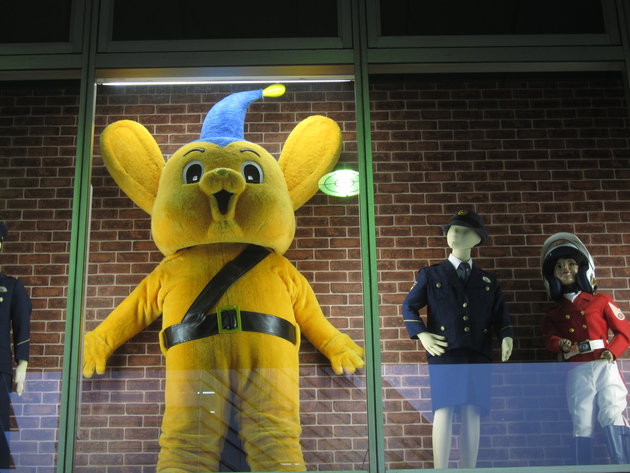
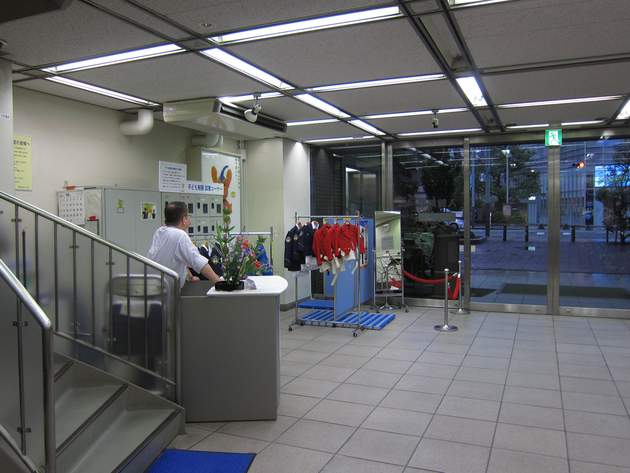
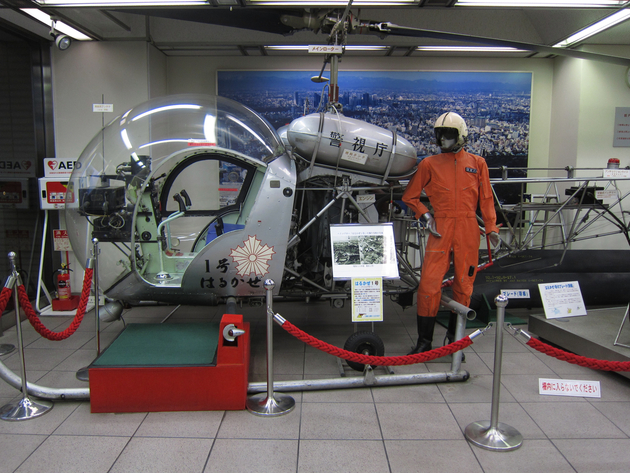
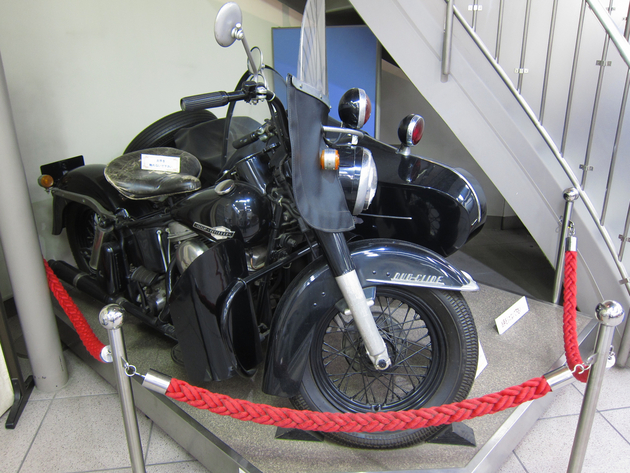
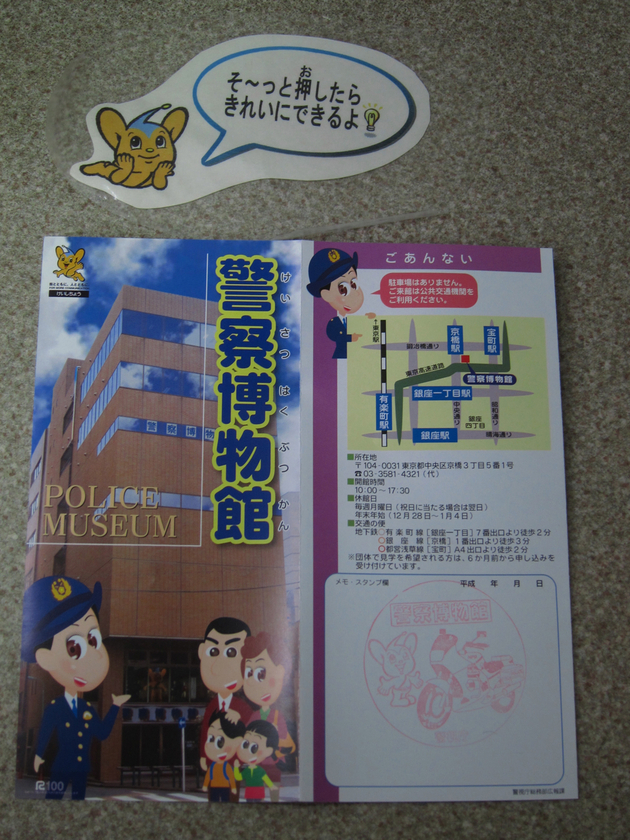
Welcome by Piipo-kun
03. Center for Cosmic Wonder
Center for Cosmic Wonder
Cosmic Wonder hosts a variety of activities as a part of a project that was started in 1997 by the artist Maeda Yukinori, who happens to be a friend of mine.
Over the last fifteen years, the project has featured a wide range of things including art, fashion, product design, publishing, exhibitions, and concerts.
The center’s fashions have attracted many admirers, and The Solar Garden project, which makes clothing out of organic cotton and vegetable dye, is especially popular.
Maeda cites Rudolf Steiner as an influence. But I haven’t read much of his work.
Center for Cosmic Wonder
5-18-10 Minami Aoyama, Minato-ku, Tokyo 107-0062
03-5774-6866
Inside the Center

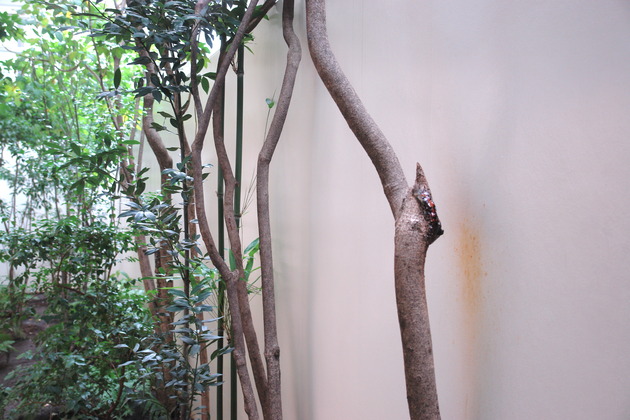
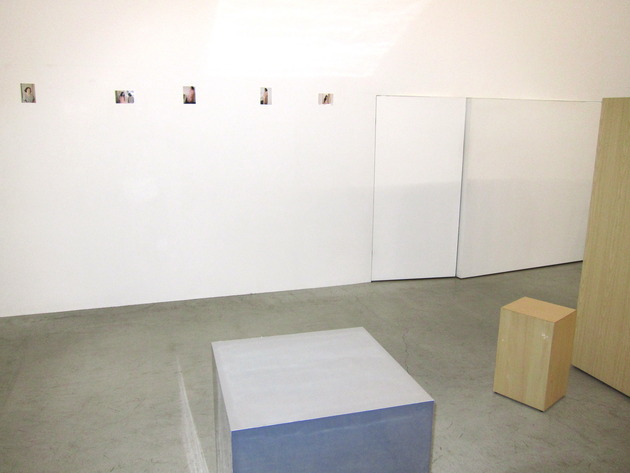
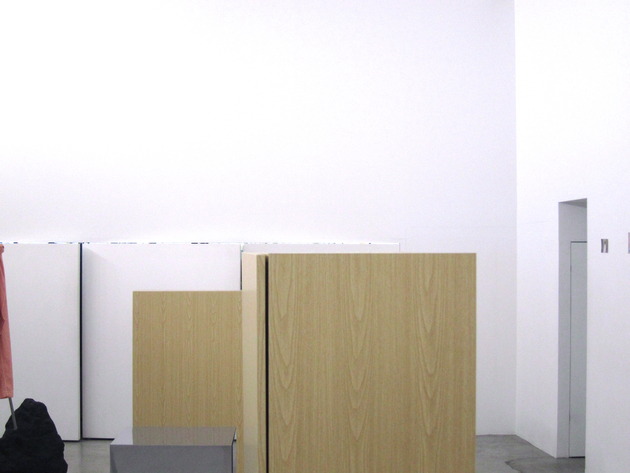
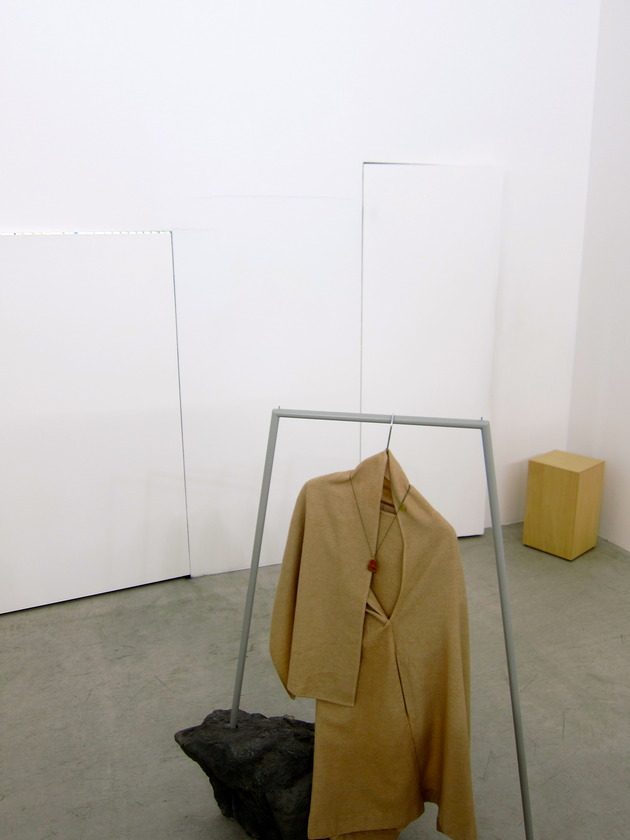
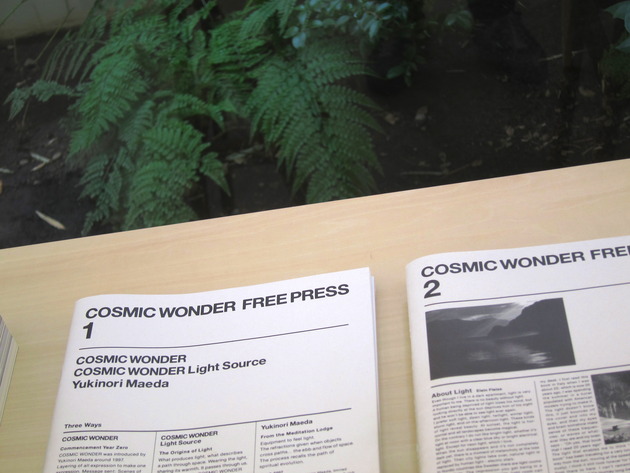
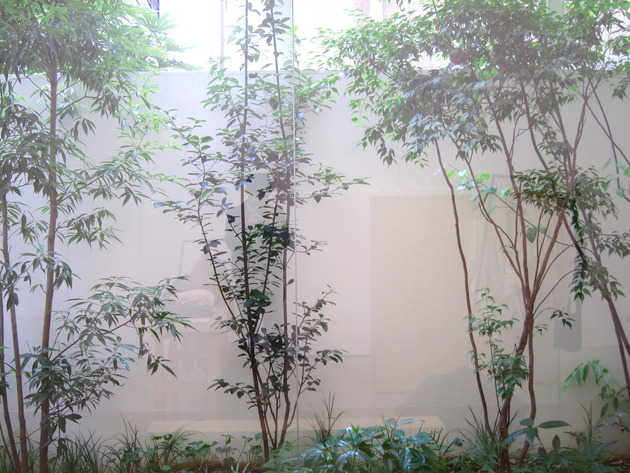
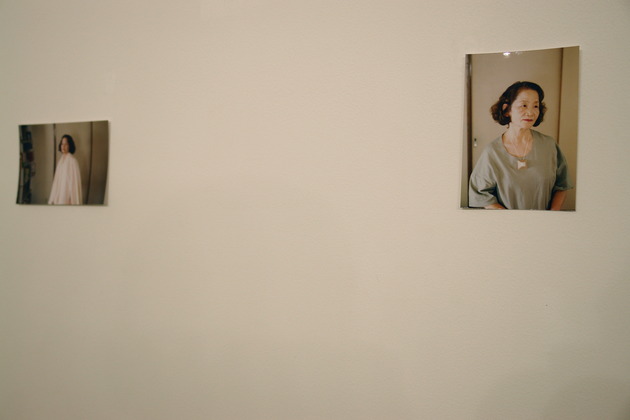
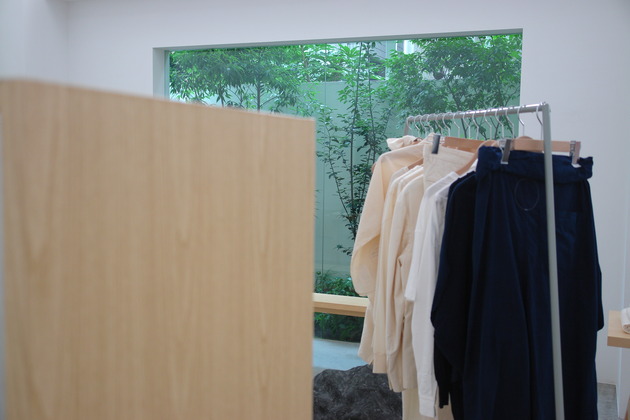
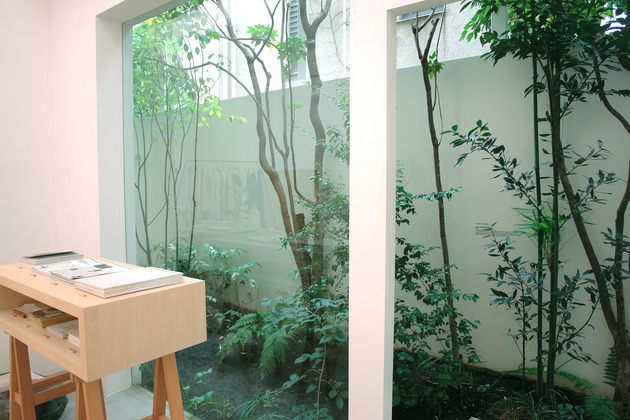
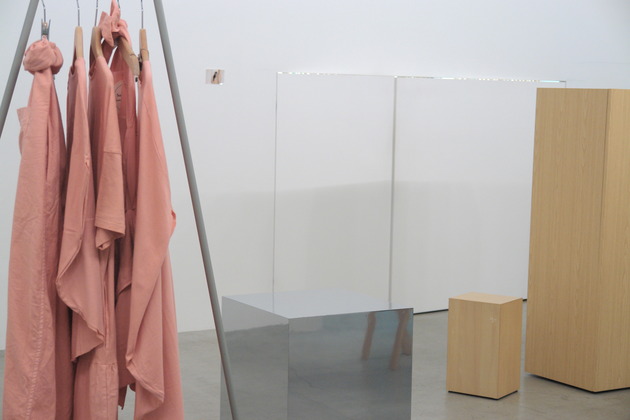
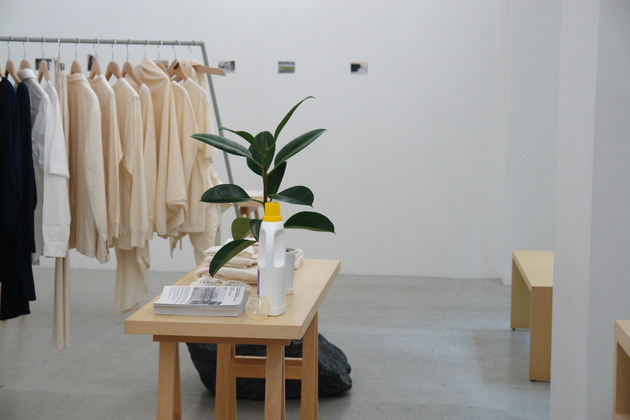
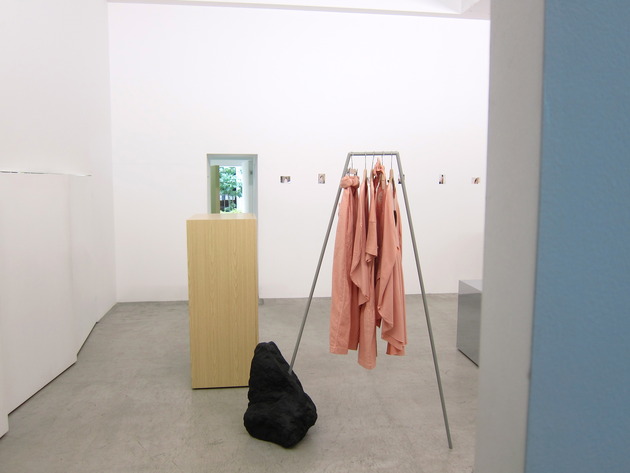
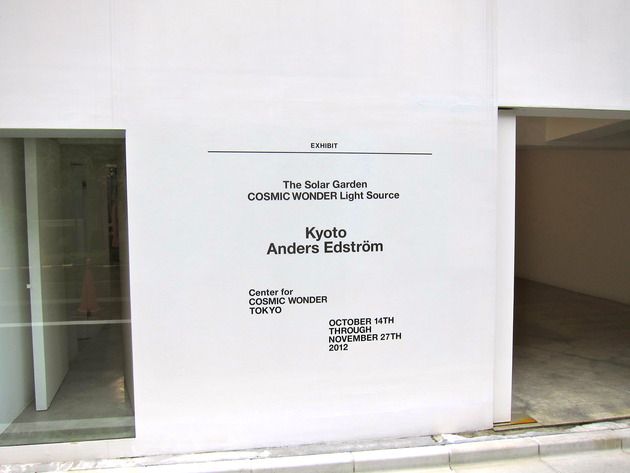
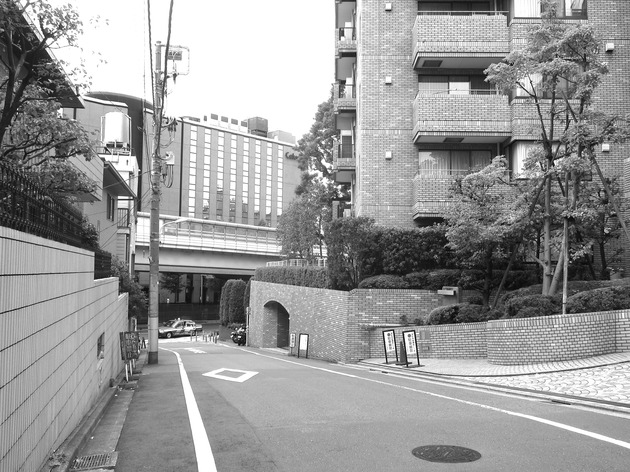
04. Kennedy Space Center
Kennedy Space Center
This is a restaurant called the Kennedy Space Center, which is located in the area where I live.
I had been interested in the place for a long time, but I never actually ate there until I started writing this article.
Kennedy Space Center
1-30-11, Meguro-ku, Aobadai
Tsuchiya Building, 2F Tokyo 153-0042
http://www.steax.co.jp/index.html
Inside the Restaurant

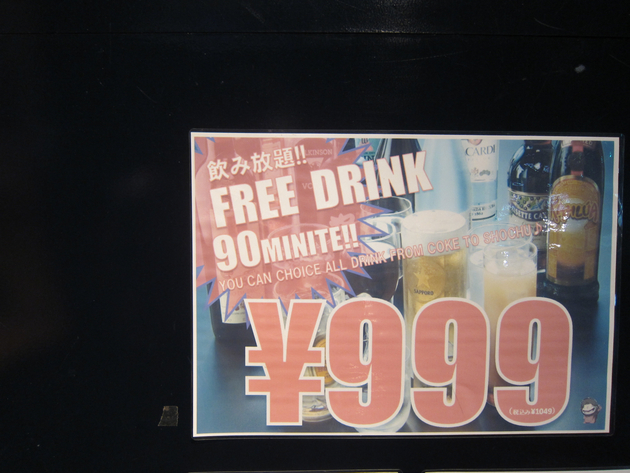
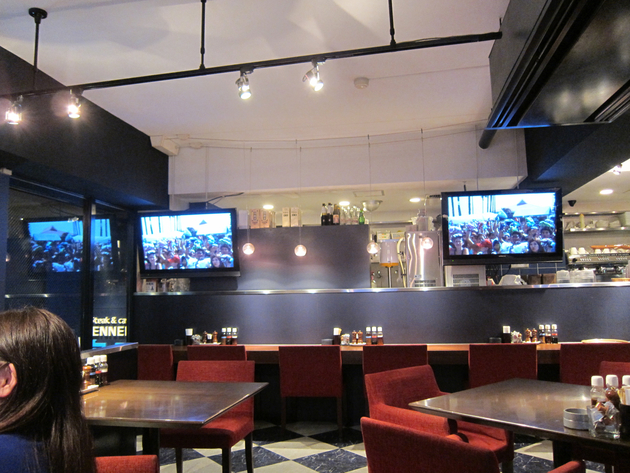
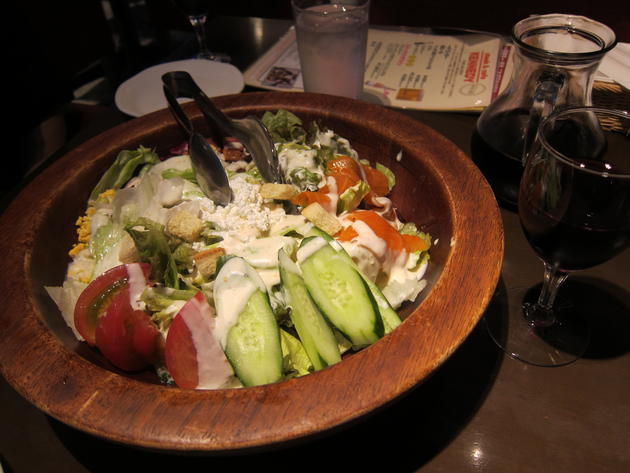
The restroom
05. Strange Store
Strange Store
On a back street commonly known as Challenge Street, in the extremely fashionable Dainkanyama district, is this room at the top of the stairs in an old apartment building. The name of the street refers to the strange nature of the neighborhood, which doesn’t necessarily guarantee that a shop will be a success.
The owner of this shop, an artist named Kagami Ken, has long been known for his eccentric performance works. First, please have a look at one of his performances.
In this performance, which Kagami did at the tremendously popular Tokyo event ARTBOOK[zine]!, he plays a fictional character named Jinnai. As he continues to make a zine with only one page, he says, “Everybody is always talking about zines! Zines! Those fools!”
Strange Store
12-3 Uguisudani-cho, Shibuya-ku, Tokyo 150-0032
http://strangesto.exblog.jp/
Kagami Ken’s Performance
Strange Store, Continued
Well, anyway…Next let me introduce Kagami’s Strange Store.
The shop stocks hard-to-explain original items, used products that Kagami has purchased, and other strange things that are not available in large quantities. Occasionally, he’ll also hold an exhibition by an artist he likes. Again, I’d like to emphasize that the shop is only a two-minute walk from an upscale residential neighborhood and a three-minute walk from a fashion street.
Kagami was also involved in designing album jackets (visible in the fourth photo in the slide show to the left) for the popular American band Deerhoof. You might have seen some of the other people pictured here, too.
Even when I don’t have any particular reason to go, I sometimes stop in the shop for a chat on my way home.
The Strange Store
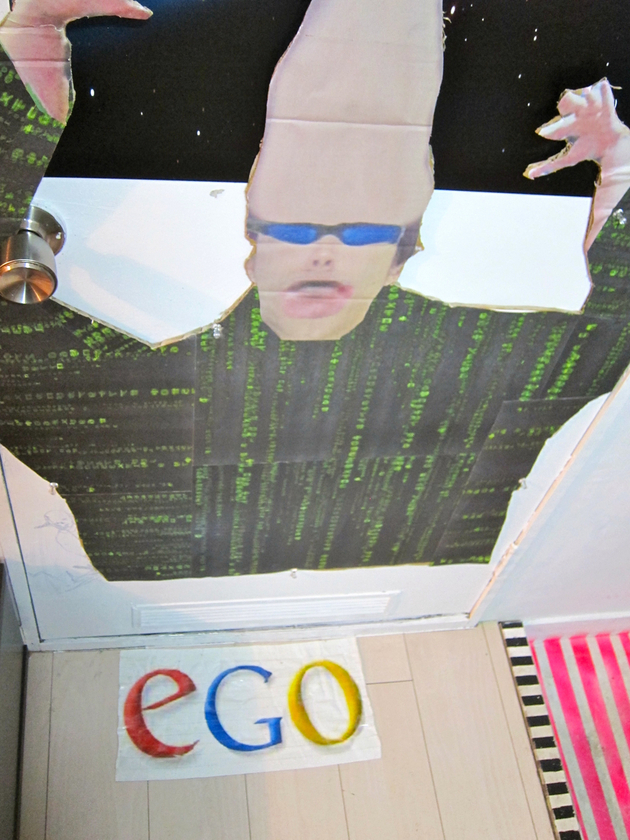
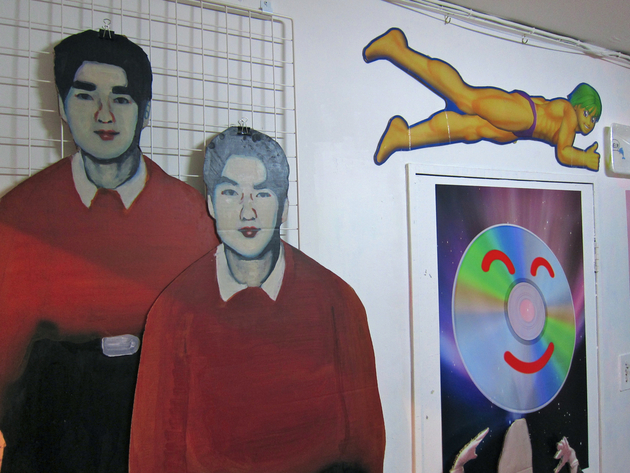
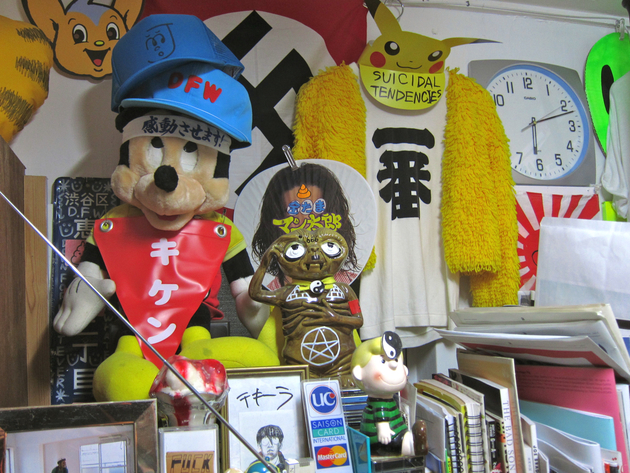
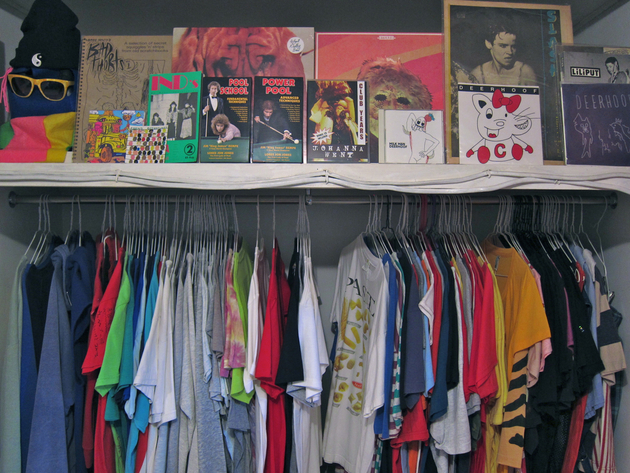
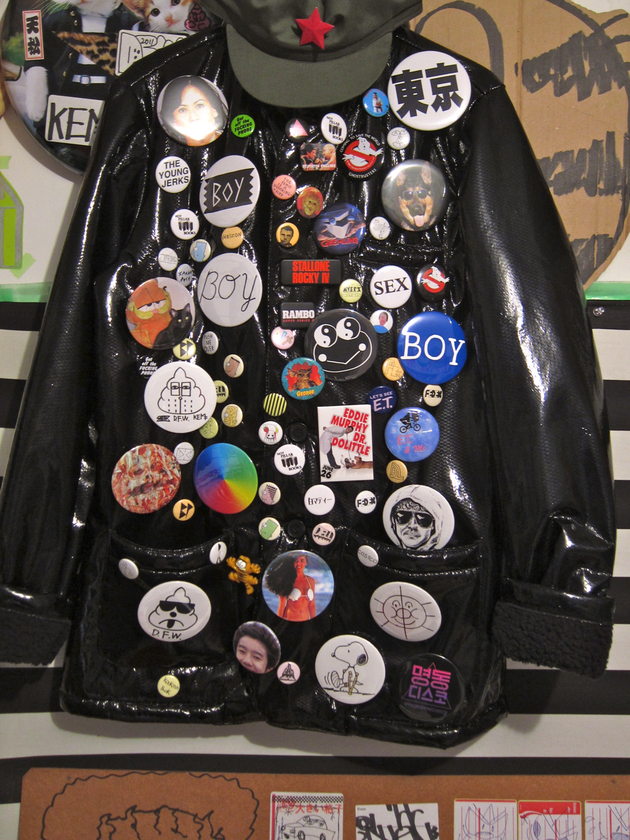
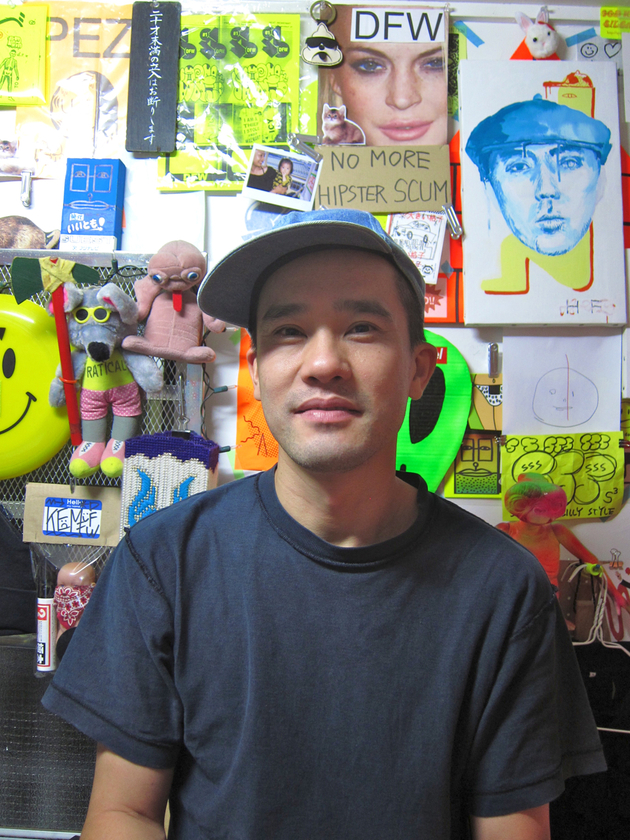
06. Ossu Bar and Utrecht
Ossu Bar and Utrecht
Utrecht is located just behind the famous Comme des Garçons shop on the second floor of an old mixed-use building called Palace Miyuki in the Aoyama district of Tokyo. According to the owner, Eguchi Hiroshi, it is a shop that specializes in art books and zines that include the name of the Dutch city of Utrecht. Of course, they also sell my books.
I’m going to write about the Ossu Bar, an event that Miyagi Futoshi, an Utrecht staffer and artist, hosts on an irregular basis inside the shop.
The bar was created to help promote the independent specialty magazine Ossu, which includes information on men by a variety of artists. The word “ossu” has two meanings: “osu,” the Japanese word for “male,” and “ossu,” the word that macho men shout when they play sports.
Miyagi bakes delicious cake and cookies that would put a professional chef to shame, and everyone talks as they gaze at photographs of “men” on display in a small hut on the terrace and drink coffee or alcohol.
Sadly, the Utrecht website is only available in Japanese.
Utrecht: www.utrecht.jp
5-3-8 Minami Aoyama Palace Miyuki 2F (map)
Minato-ku, Tokyo 107-0062
Tel: 03-6427-4041
Fax: 03-6427-4042
Email: info@nowidea.info
Hours: 12:00–8:00pm
Closed Mondays (or if Monday is a national holiday, the following day)
Utrecht
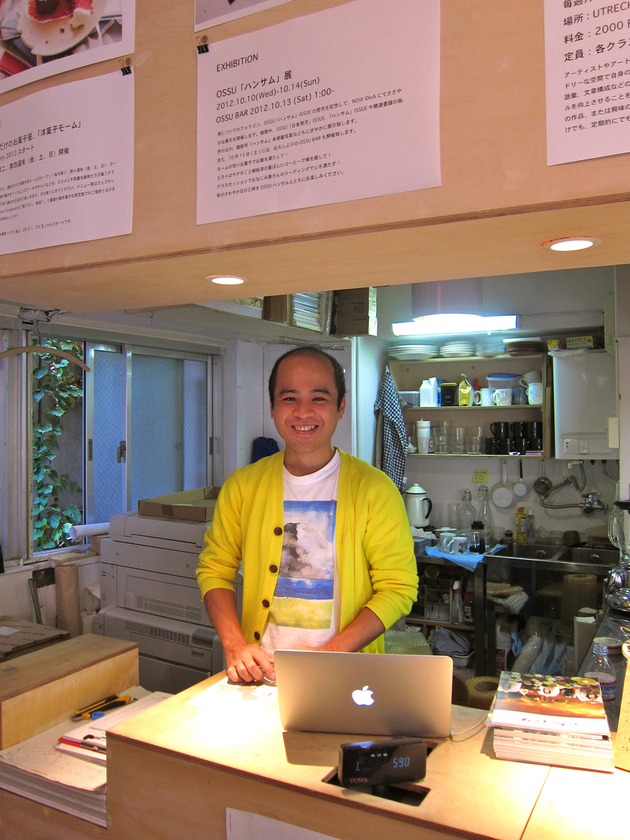
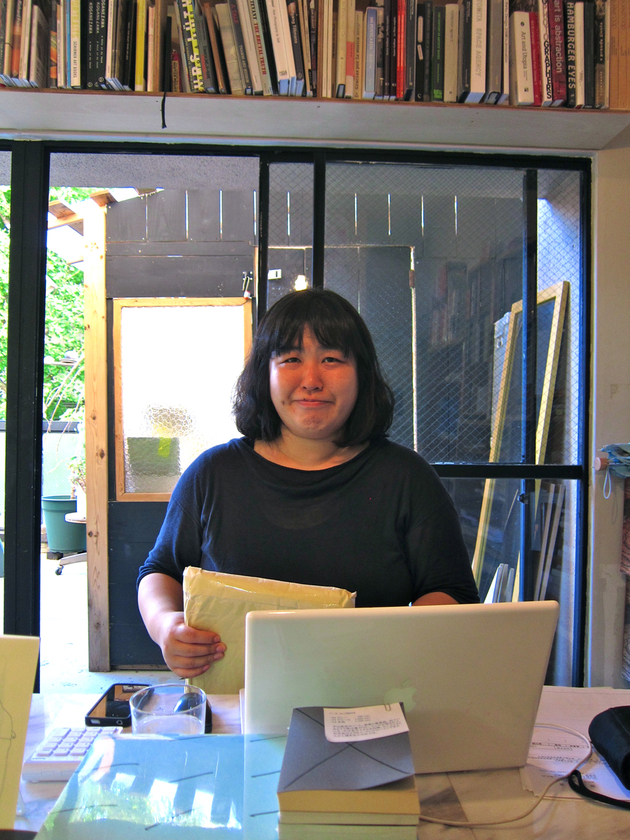
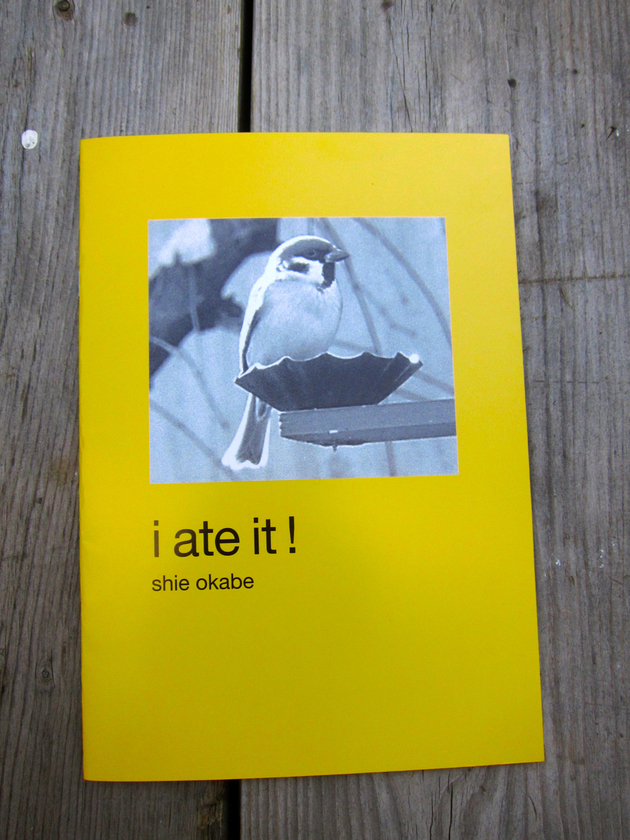
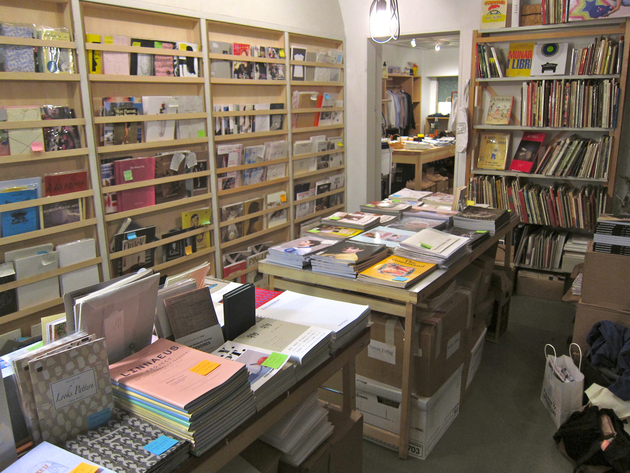
Ossu Bar
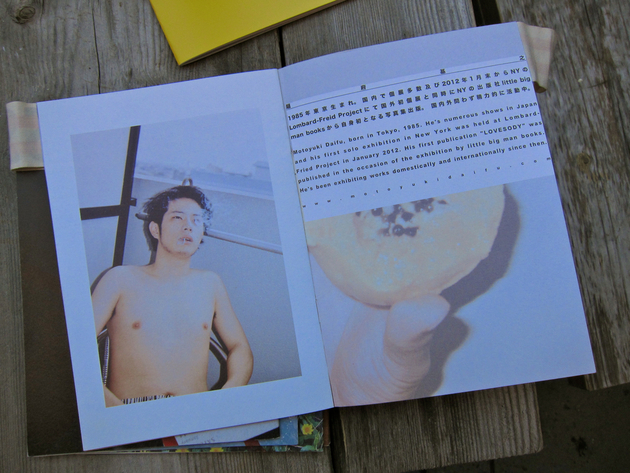
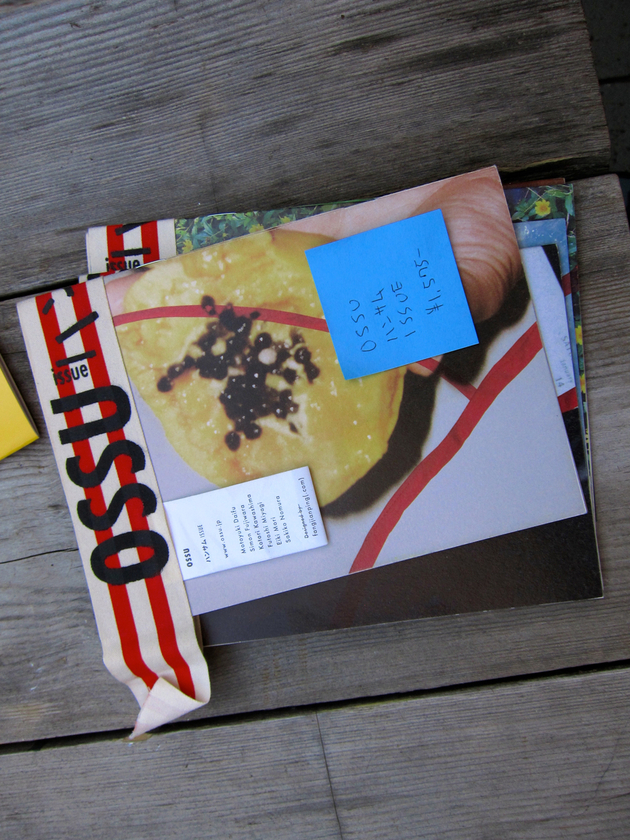
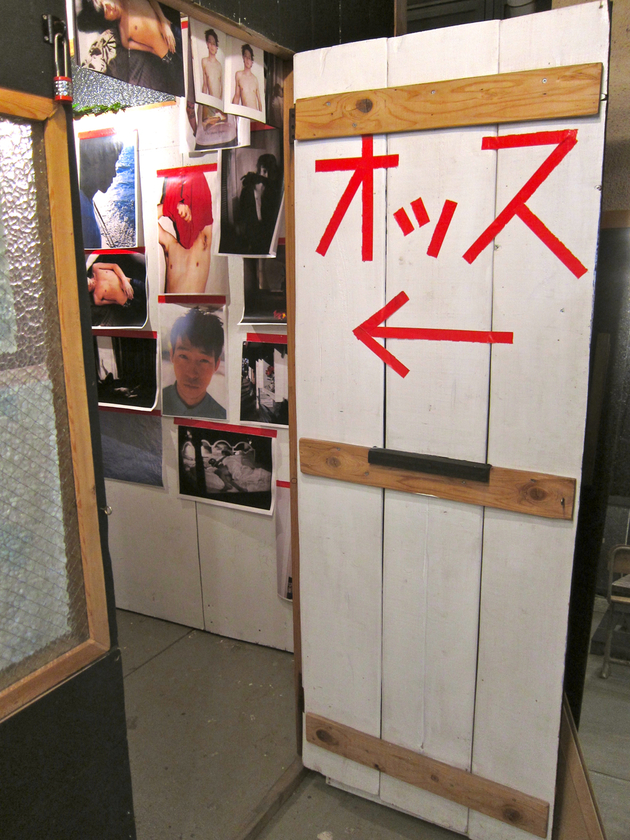
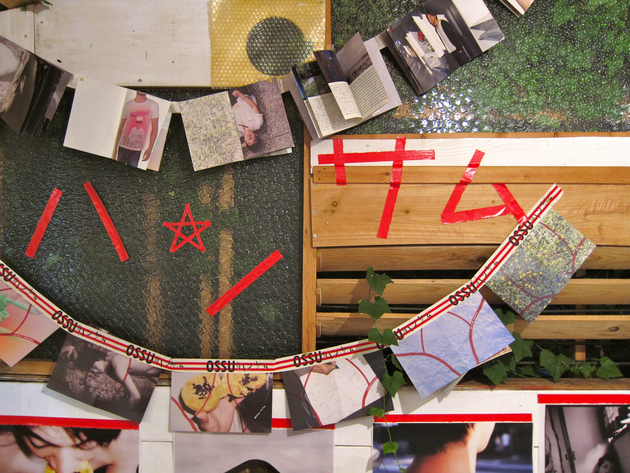
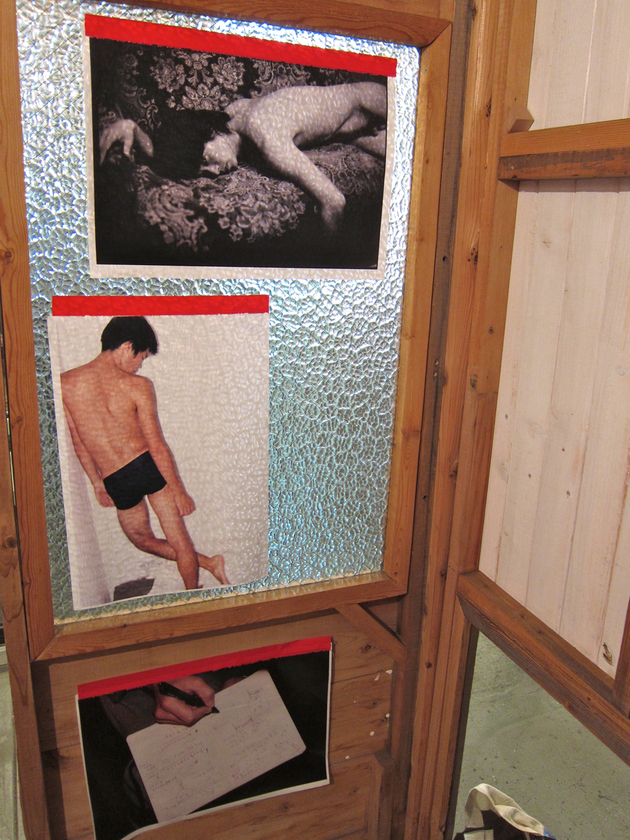
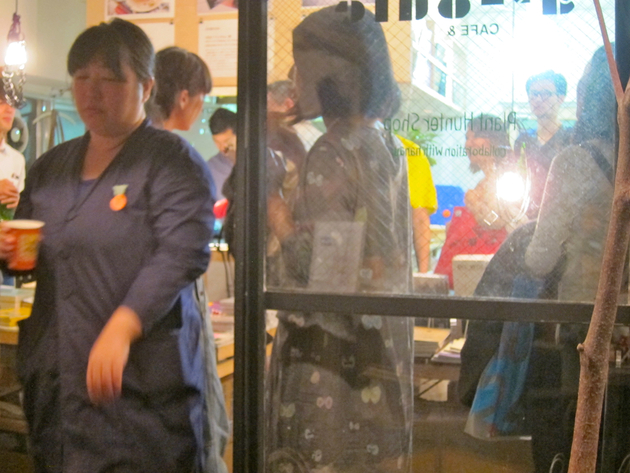

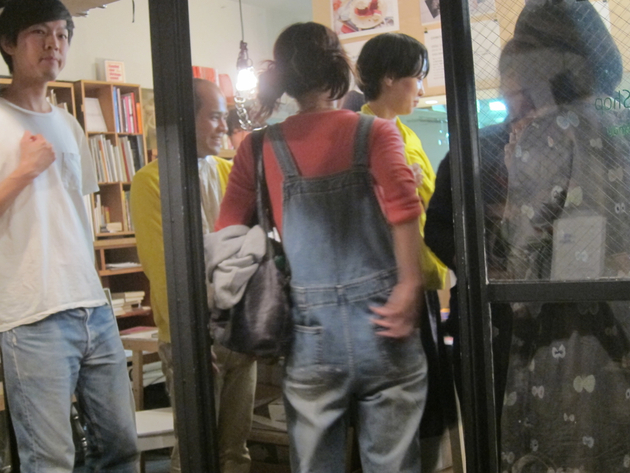
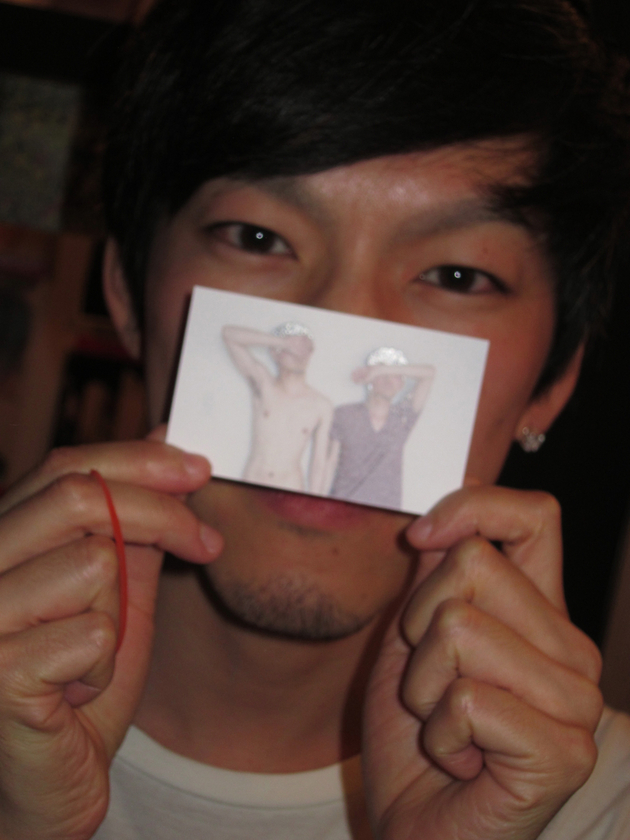

07. Tokyo Tower
Tokyo Tower
This is Tokyo Tower, the symbol of Tokyo. Completed in 1958, it is 333 meters tall and houses an observation platform. Until a new tower called Tokyo Skytree was built, this was the tallest tower in Japan. Even though it isn’t number one anymore, to me it will always be the symbol of Tokyo.
You can see the tower from various locations in the metropolitan area. People from rural areas of the country have a deep sense of satisfaction at being able to see the structure from the window of their apartment. I used to live in a place with a view of it, too.
Actually, since I thought I could go whenever I wanted to, I’ve only ever gone inside a couple times over the last few dozen years, but the tower contains a variety of entertainment facilities. The wax museum is supposed to be especially interesting. You can see wax figures of the Beatles and Jesus Christ that were imported directly from London. I’m not really sure why they have those kinds of things there.
Tokyo Tower
4-chome, Shiba Park, Minato-ku, Tokyo
Views of the Tower
08. Hanayo and Tenko
Hanayo and Tenko
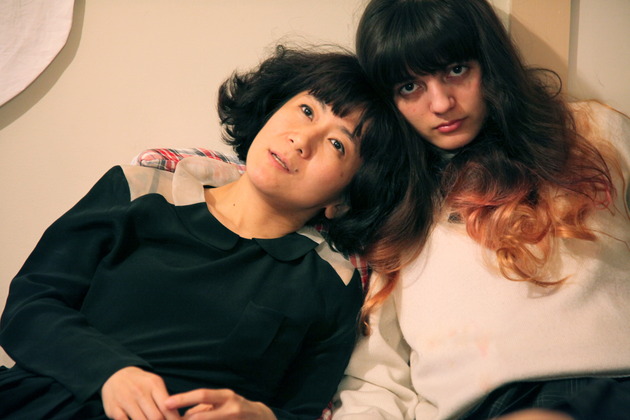
Some readers may have heard of Hanayo and Tenko, a mother and daughter who are among the most unique and creative people I’ve ever met. They are a vital force in the Tokyo scene today, constantly giving people something fresh to talk about.
See Hanayo’s website: http://www.hanayo.com/
Recently Hanayo made a splash with a book of photos chronicling her fifteen-year stay in Germany. http://www.nadiff.com/fair_event/window31_hanayo.html
There’s no way I can cover all of Hanayo and Tenko’s activities here, but please ask them if you meet them in person!
See Tenko’s blog: http://pettenko.tumblr.com/
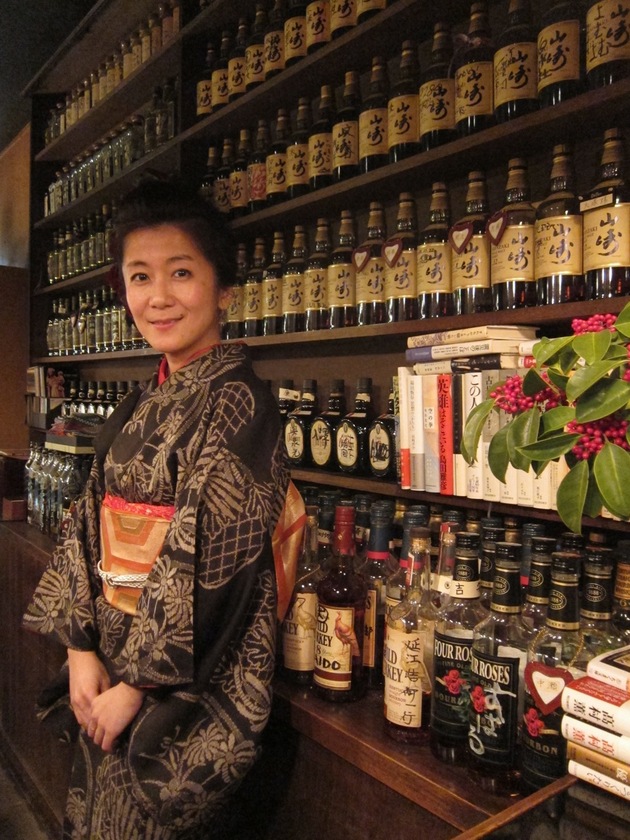
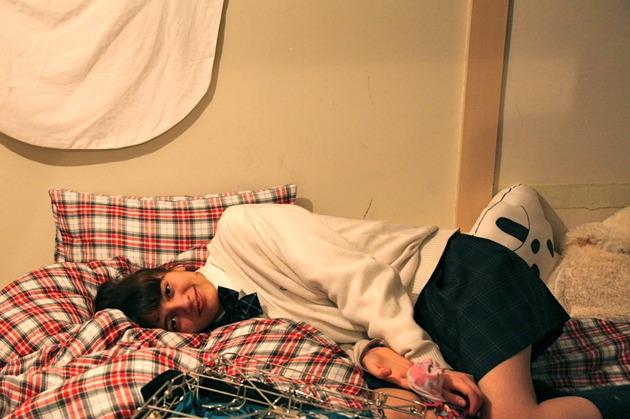
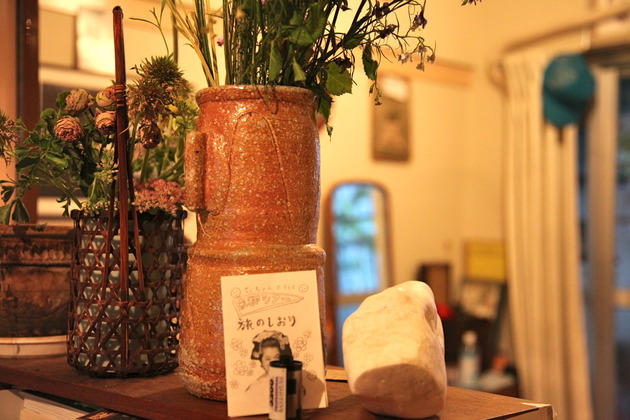
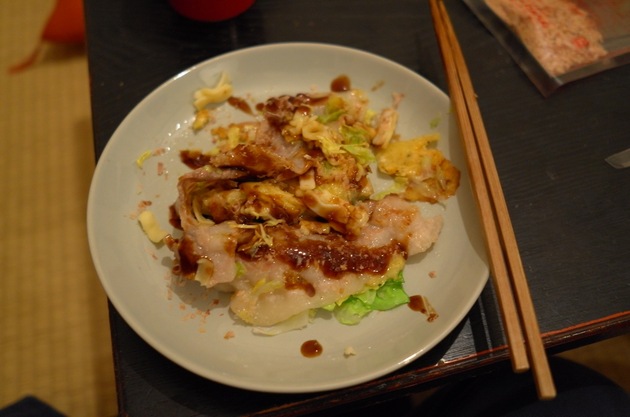
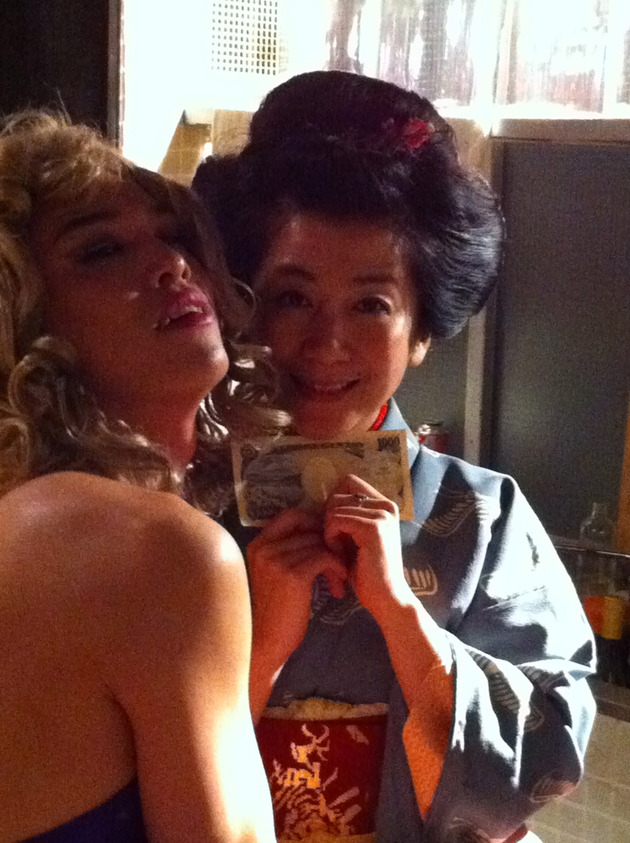

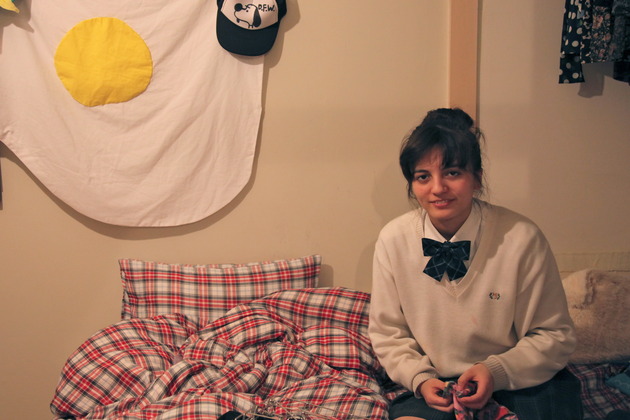
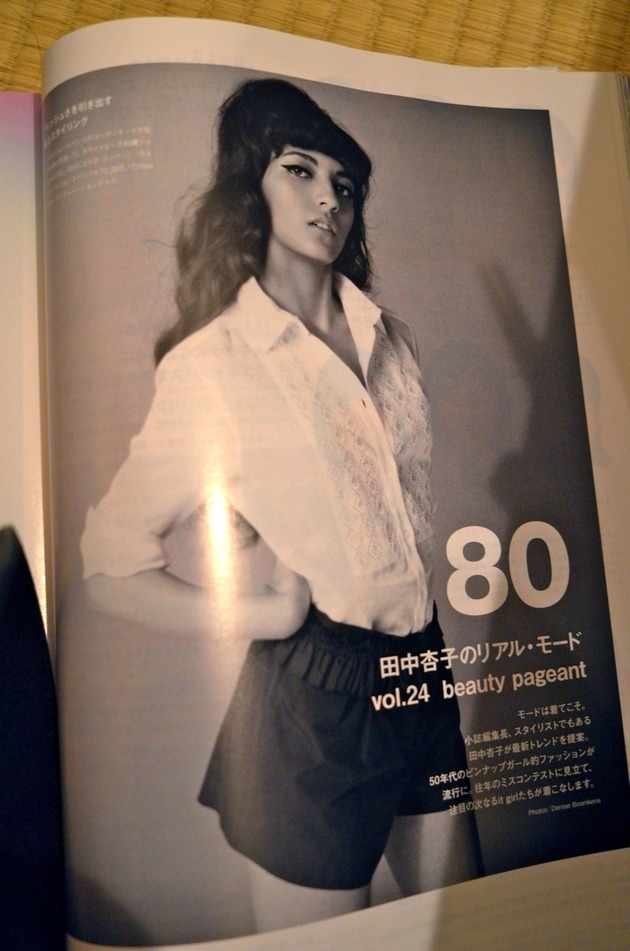
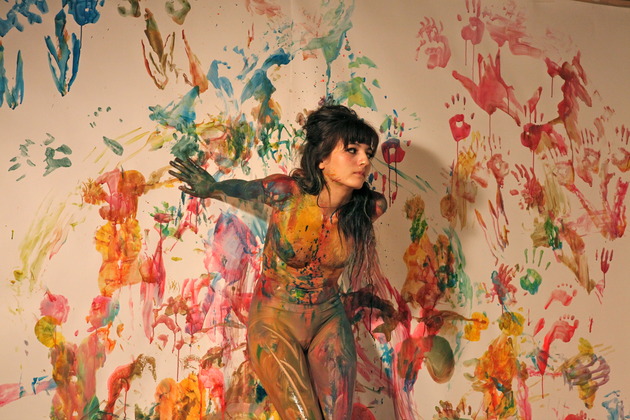
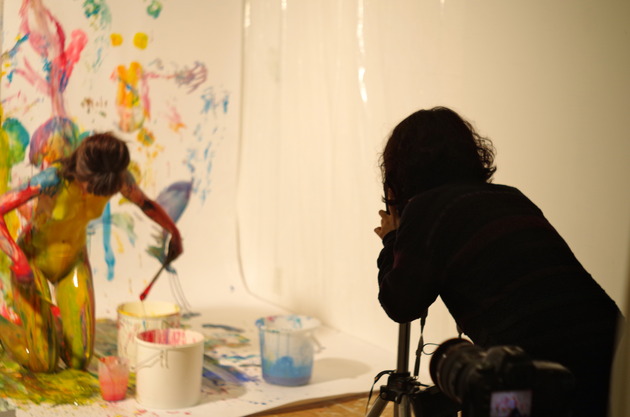
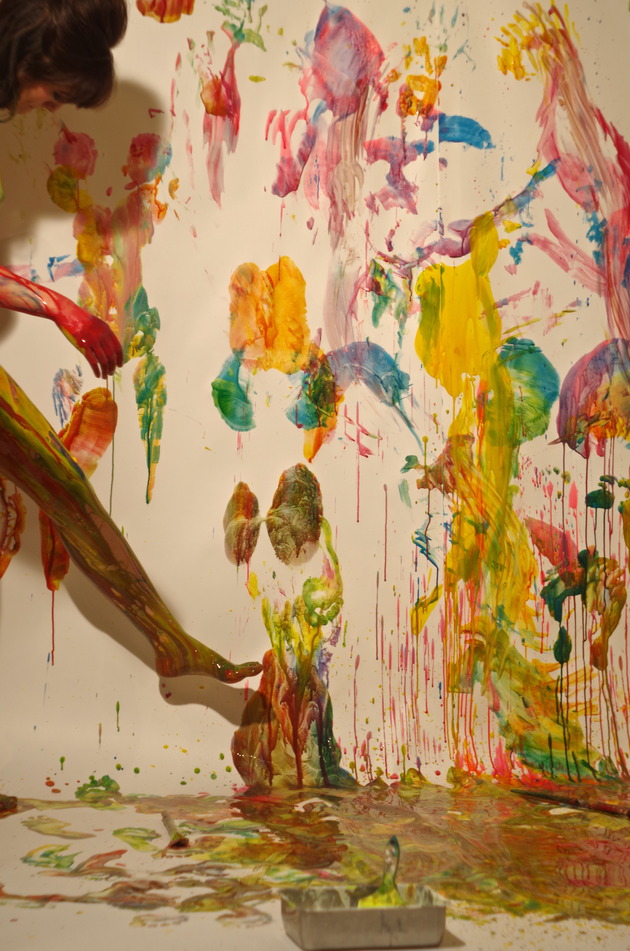
9. “Tokyo Ondo”
“Tokyo Ondo”

The Mitama Festival is a local event that takes place in the area where I grew up. It’s held at Yutenji Temple in Tokyo on the same three days every summer. “Mitama” is a word meaning “soul.”
In the center is a specially erected stage and a temporary tower, atop which drummers beat out the rhythms of Japanese folk songs on taiko drums. Particularly confident dancers as well as Buddhist monks (!) dance on the stage, and members of the public dance around it. This is a traditional dance that as far as I know has gone unchanged since olden times.
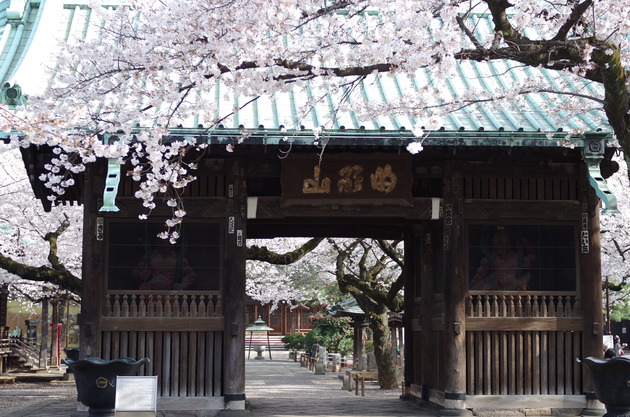
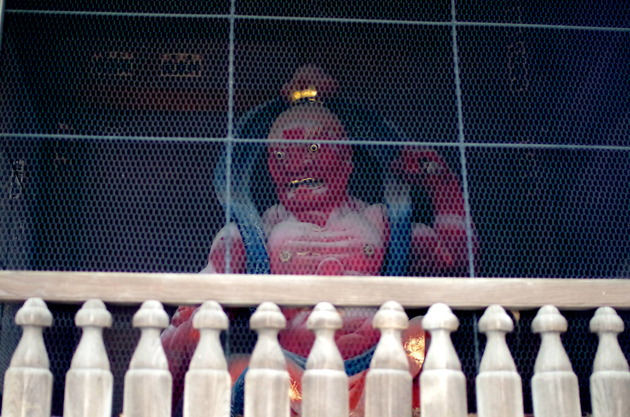
The beautiful Yutenji Temple is very near my house, about a minute away on foot. It was built in 1718, and it’s usually a tranquil place.
During the festival, however, the temple grounds are packed with countless stalls selling food, amusements, and so forth, and thronged with local people who gather to eat, play traditional games (not video arcade games but the old-fashioned kind), and dance. The rows of stalls are set up especially for the three-day festival. These stalls are made to standardized specifications and centrally managed by an organization set up specifically to run the festival. This has gone on unchanged for hundreds of years.
Please watch and enjoy. It’s known as “Tokyo Ondo.”
The music is a local Tokyo folk song, which is always accompanied by this distinctive dance and only performed in summer. It is not considered good form to sing the song at other times (for example, at karaoke). What’s interesting is that these dancers have not practiced the dance at home in preparation for the festival; instead, they pretty much just follow others’ example. I think it’s notable that people don’t just groove to the music and dance the way they feel. Everyone is diligently following the rules of the dance, and yet they’re having a great time doing it.
It’s hard to explain the steps of the dance, but it’s a variation of what we call “Bon-Odori.” There is a part of the dance where the steps reverse and it looks as if someone has run a film projector backward. This is apparently an interpretation of waves on the shoreline.
Bon-Odori is associated with the midsummer Bon Festival, when it’s believed that the spirits of our ancestors temporarily return to the realm of the living. Centuries ago, the dance was a sort of ritual to welcome the ancestors, but it’s rare for anyone to have this in mind nowadays. People just enjoy themselves.
Below are some of the lyrics to “Tokyo Ondo.” They’re pretty much meaningless, but that’s not so different from contemporary dance music, I suppose. (Untranslated parts are refrains without particular meaning.)
“Tokyo Ondo”
Lyrics by Saijo Yaso
Music by Nakayama Shinpei
Haa Odori odoru nara [if you want to dance] Choito
Tokyo Ondo Yoi yoi
Hana no miyako no Hana no miyako no mannaka de [in the heart of the great city] Sate
Yattona Sore Yoi yoi yoi
Yattona Sore Yoi yoi yoi
Haa Yosete kaeshite [move forward, move back] Haa
Kaeshite yoseru [move back, move forward] Yoi yoi
Tokyo hanjo no Tokyo hanjo no hito no nami [the human waves of bustling Tokyo] Sate
Yattona Sore Yoi yoi yoi
Yattona Sore Yoi yoi yoi
This is the Yutenji Temple theme song, with choreography that incorporates a praying pose.
For young people, this festival can be something like a high school prom. They get dressed up in casual summer kimonos, which are known as yukata. Couples dance together, while people without boyfriends and girlfriends seek them out at the festival. At the same time, there is nothing wrong with coming by yourself, dancing by yourself, and going home alone.
10. Kara Juro and Red Tent
Kara Juro and Red Tent
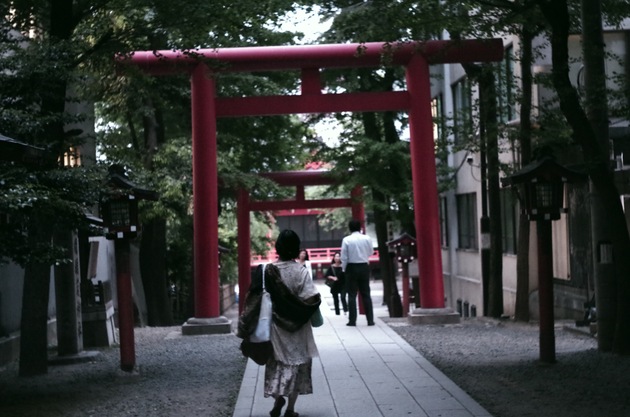
A short while ago I was invited by friends to see an underground theater performance in Tokyo.
Kara Juro’s Red Tent, staged by the Kara-gumi theater company, is a legendary underground play that has been performed since the 1960s. The venue is a distinctive red tent, usually set up on the grounds of Hanazono Shrine, an atmospheric Shinto shrine nestled in the heart of frenetic Shinjuku.
